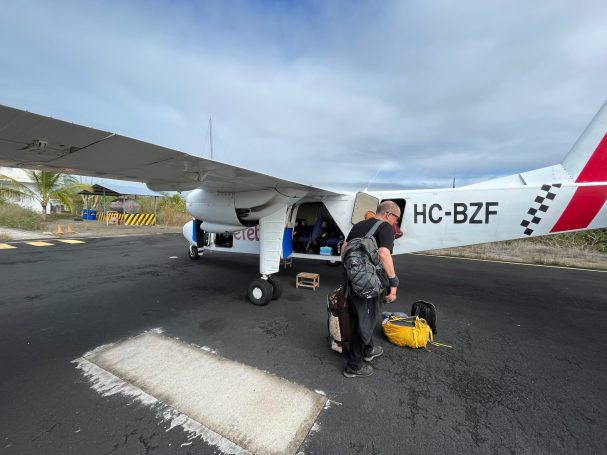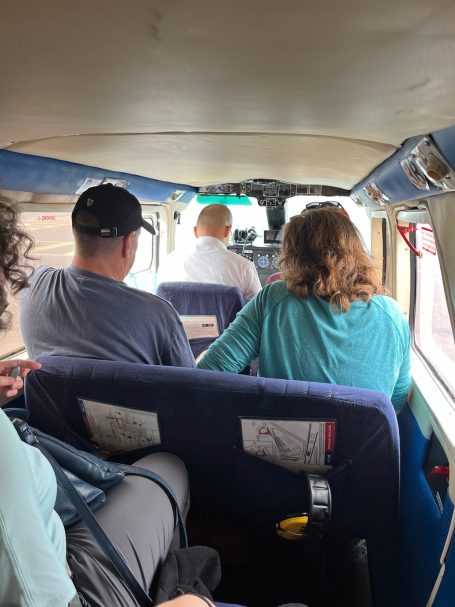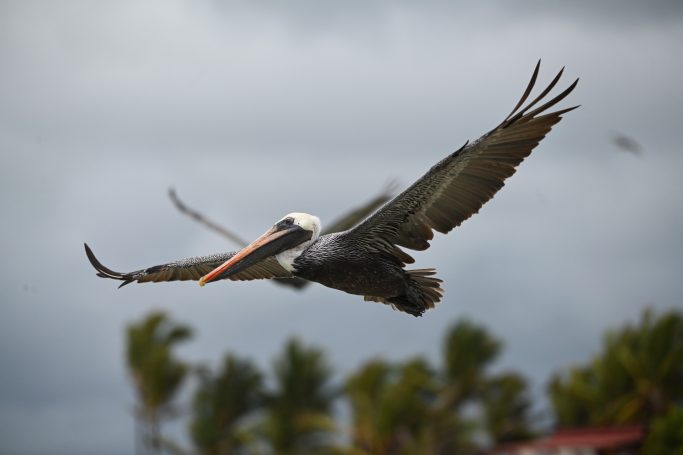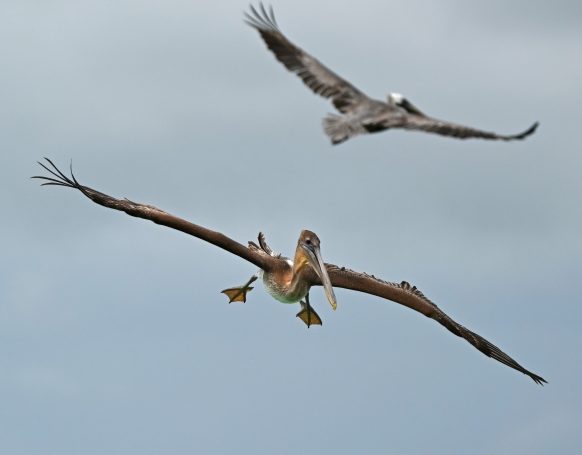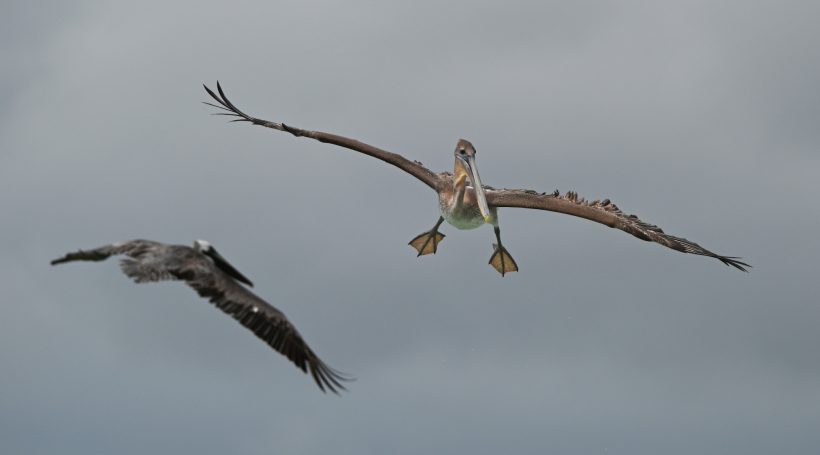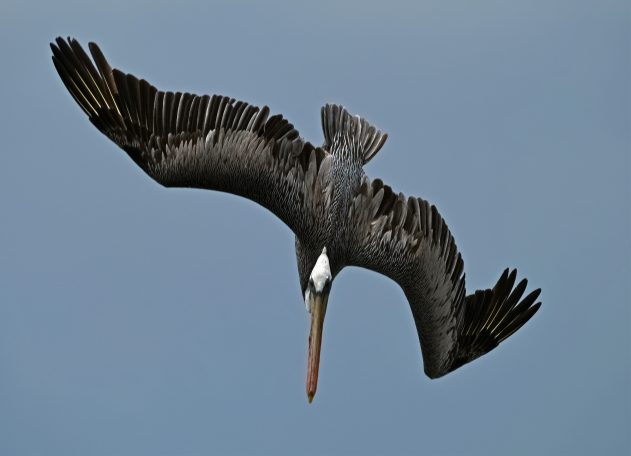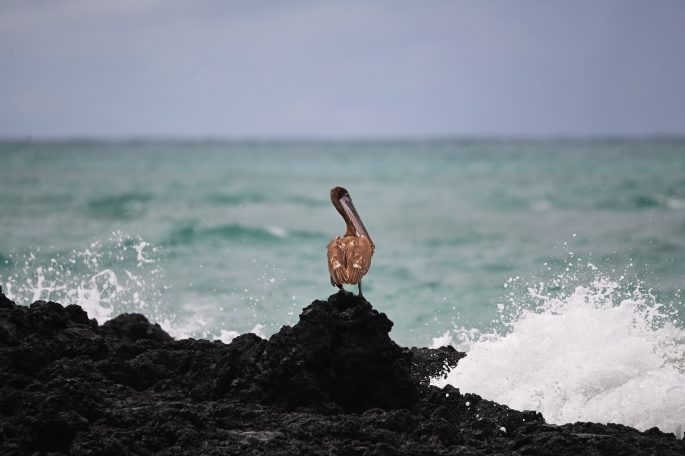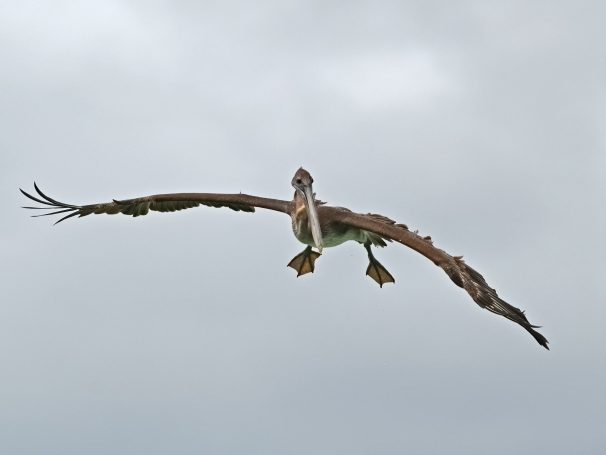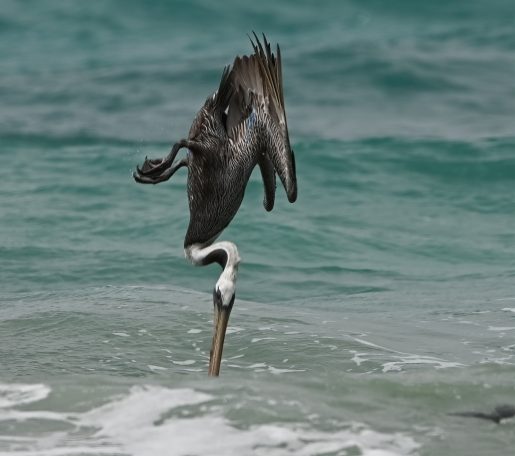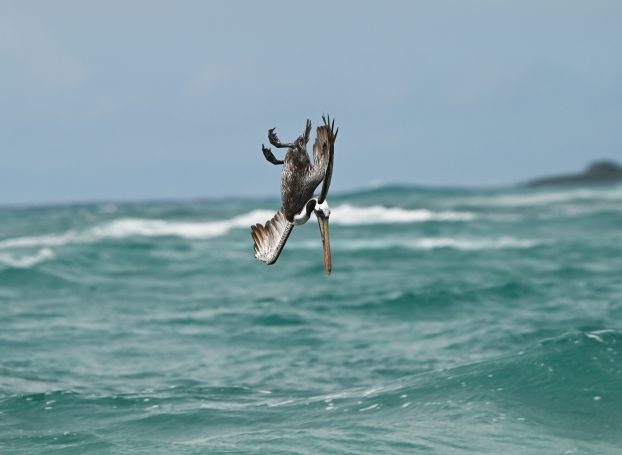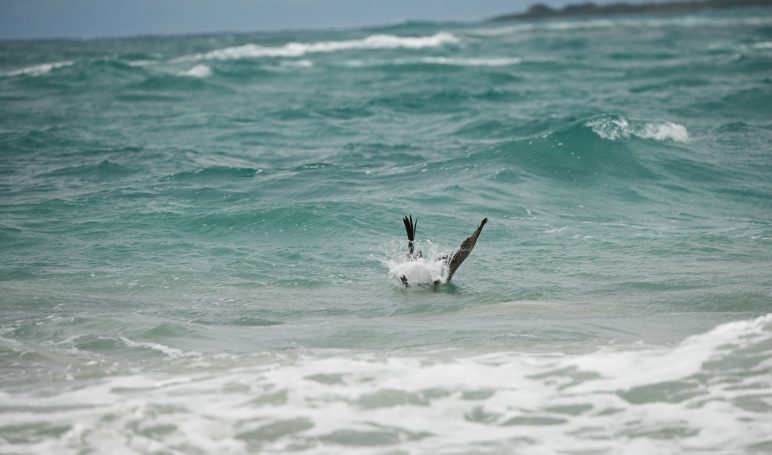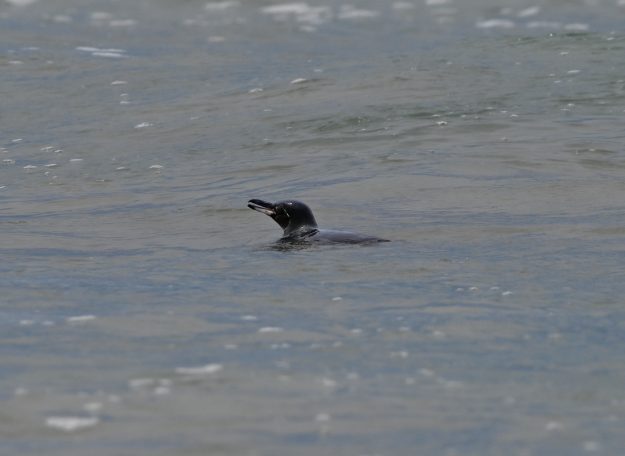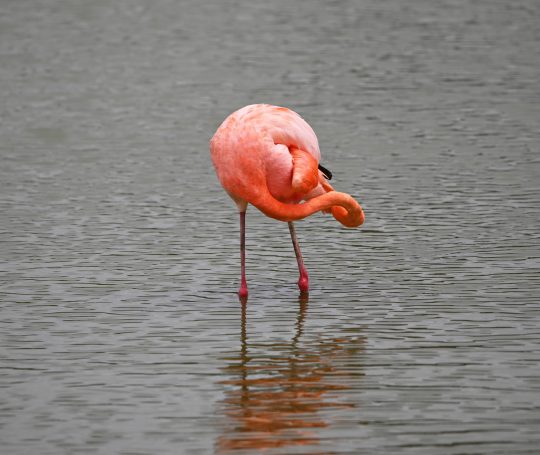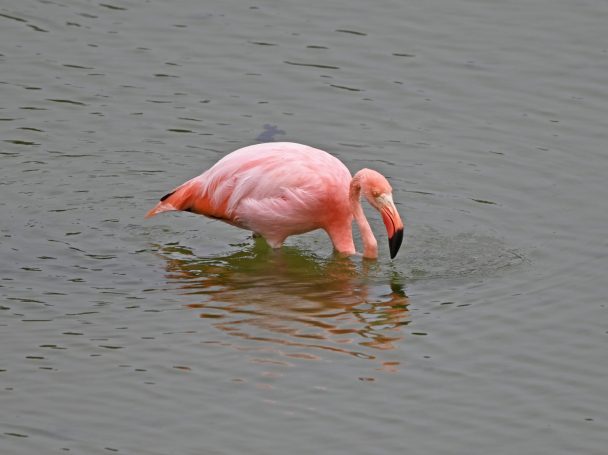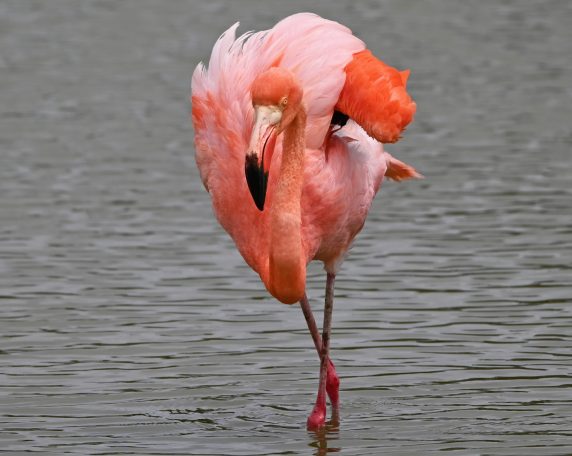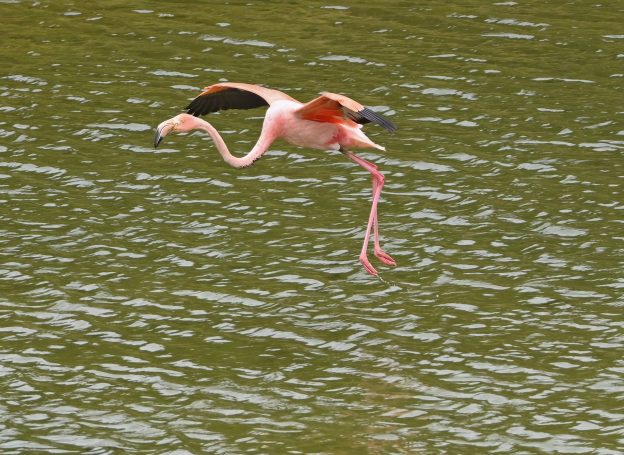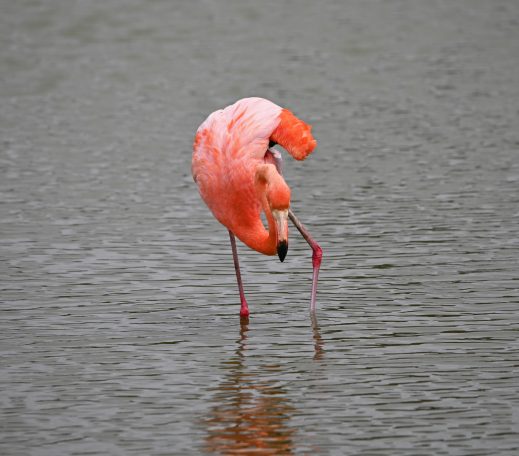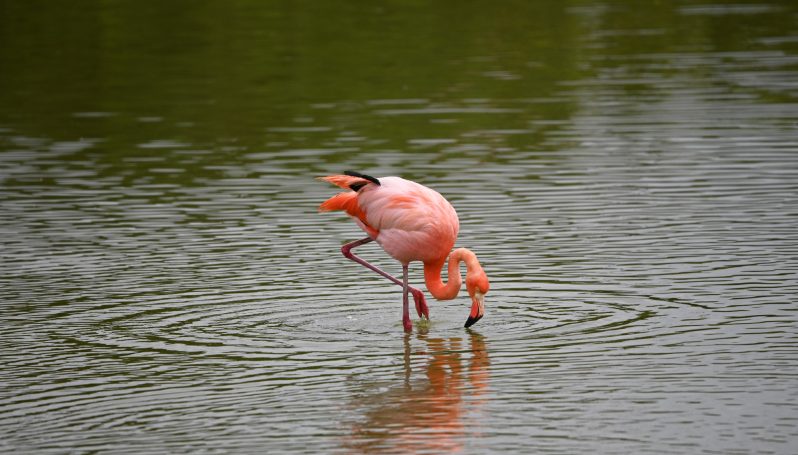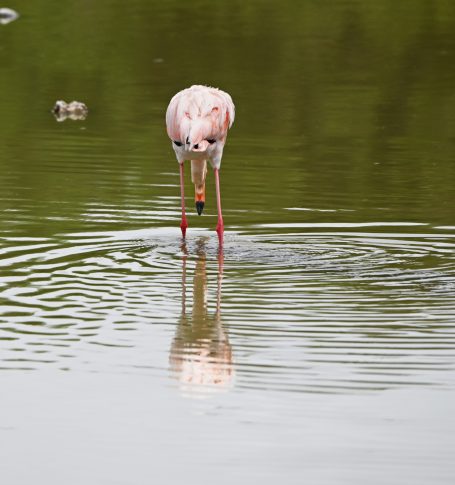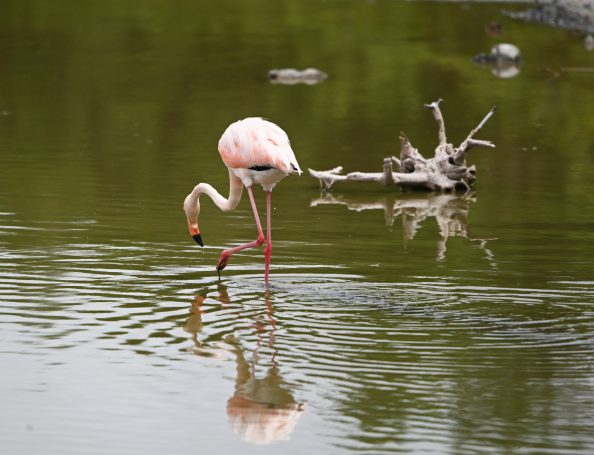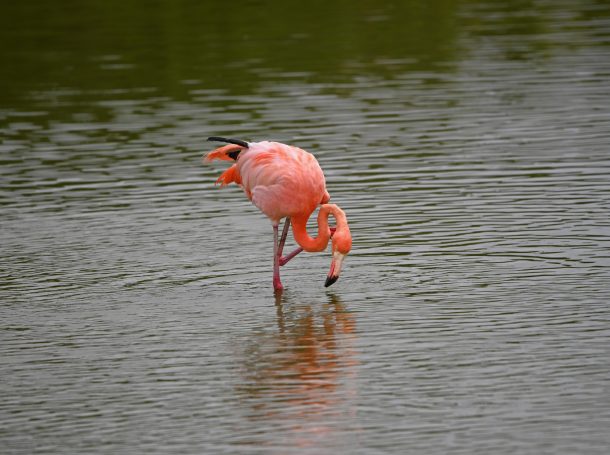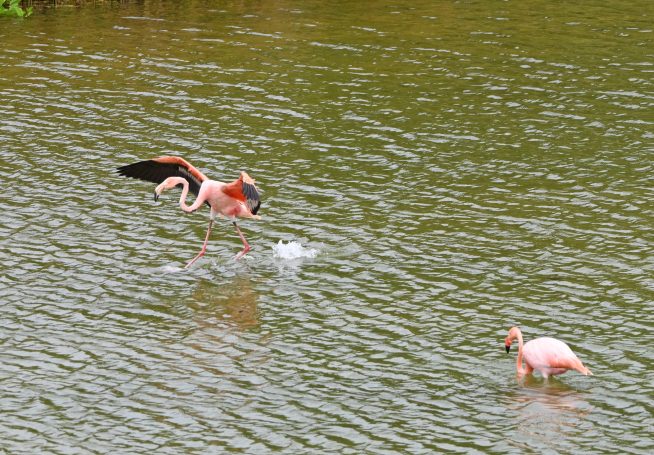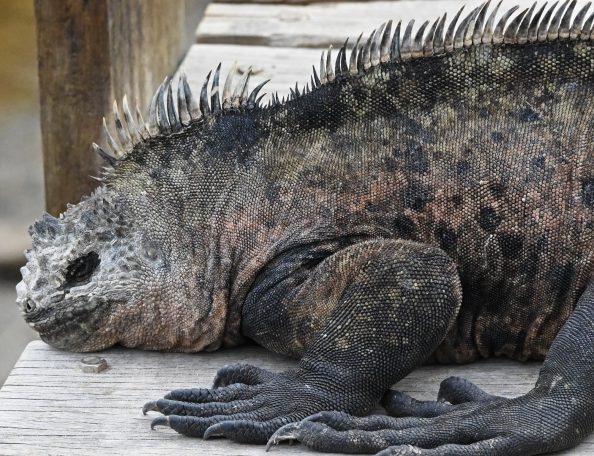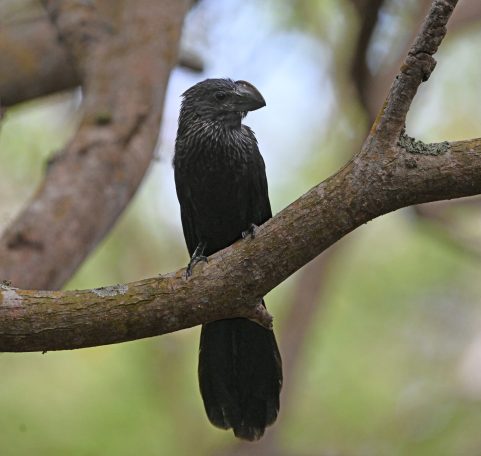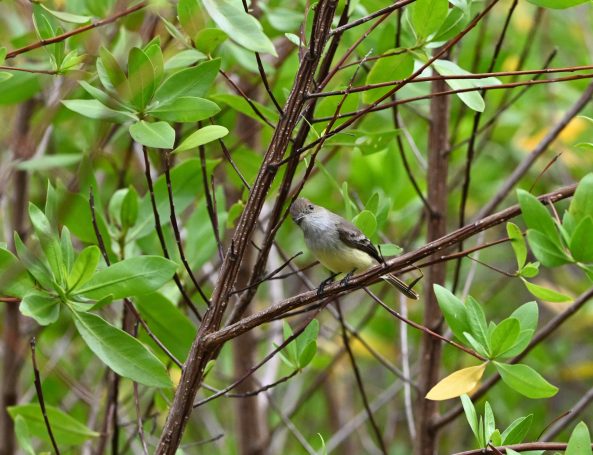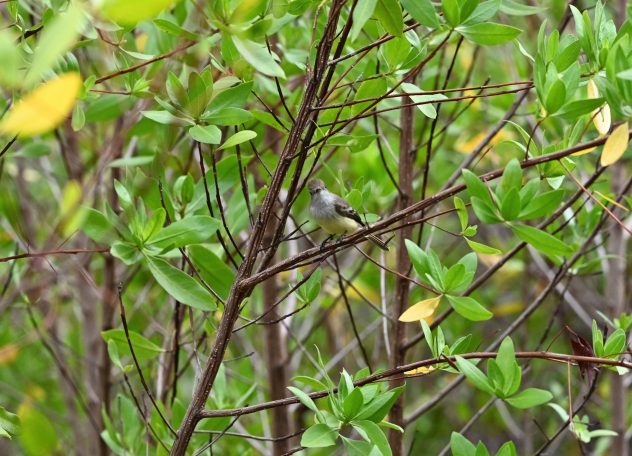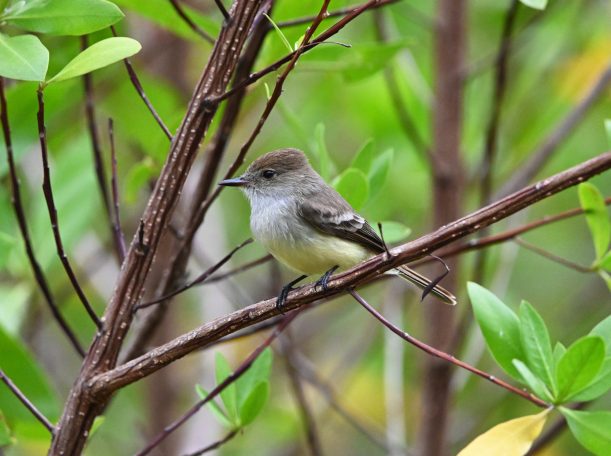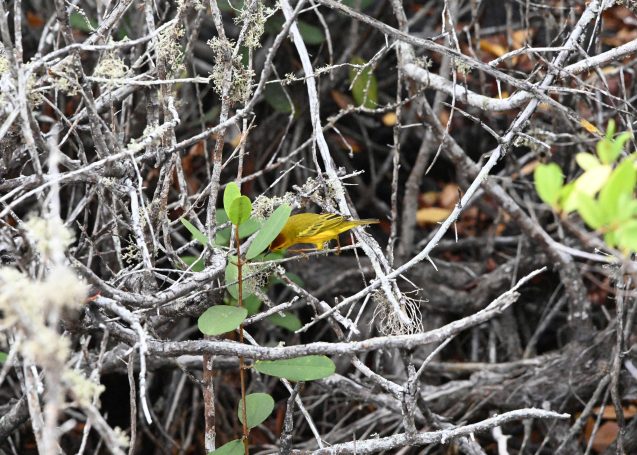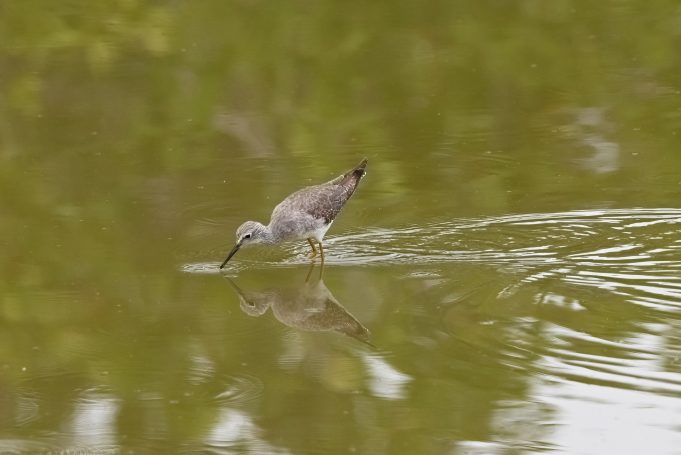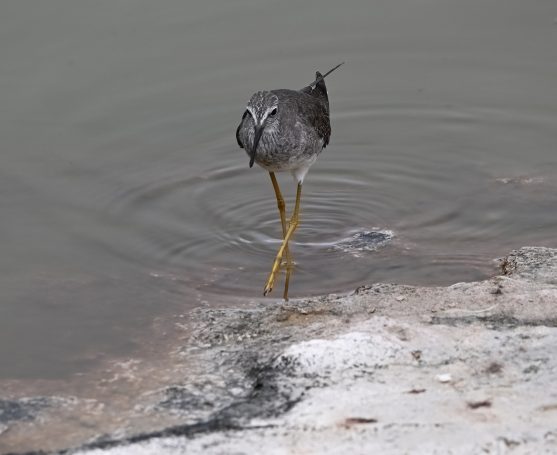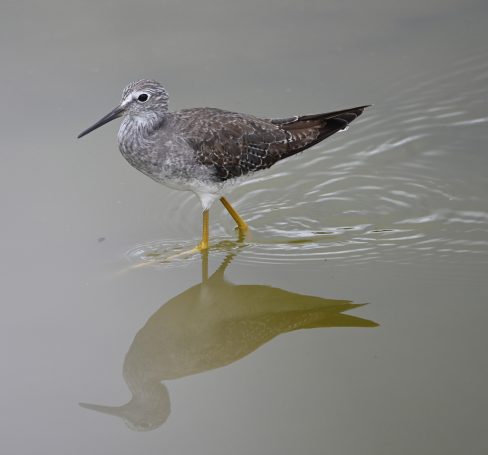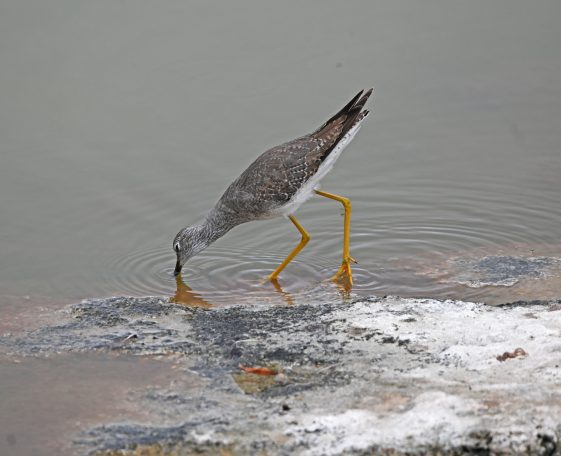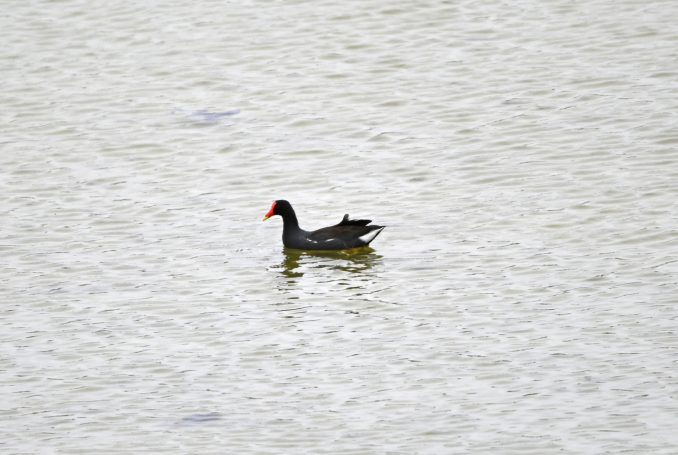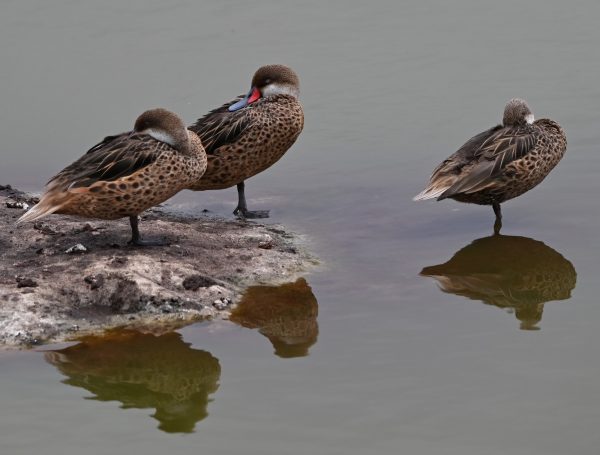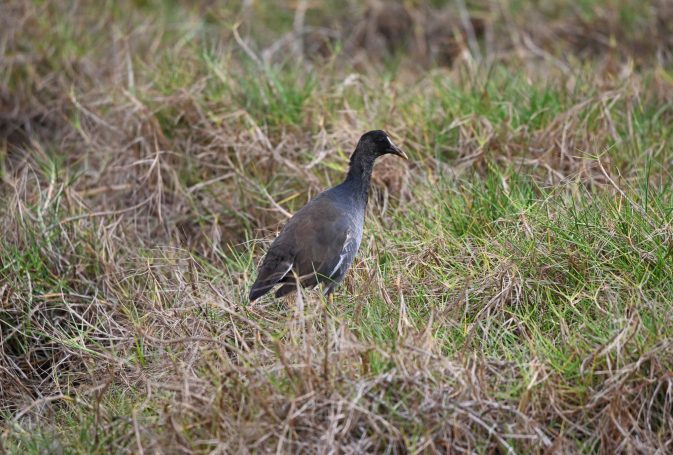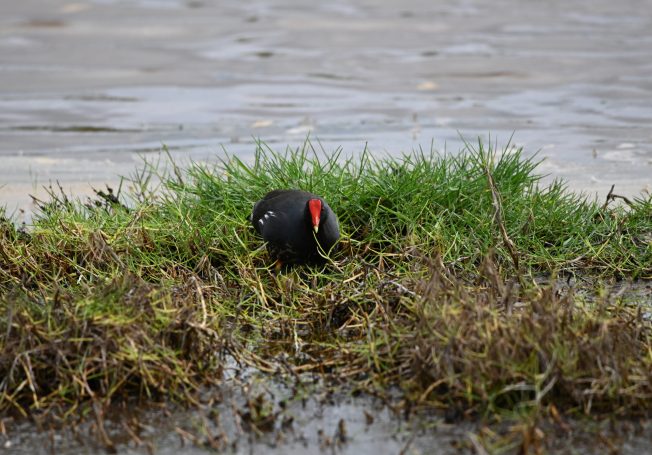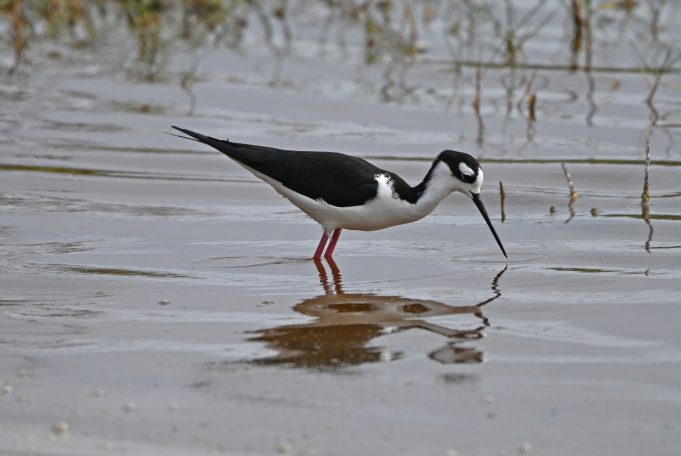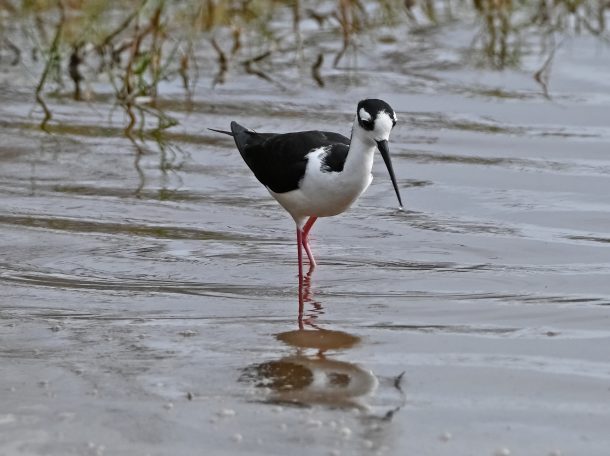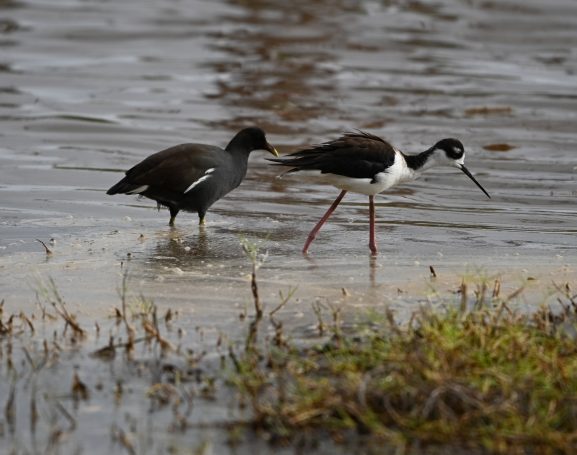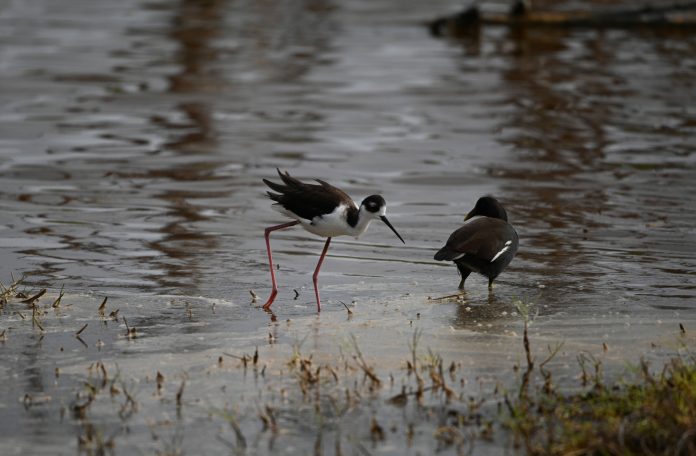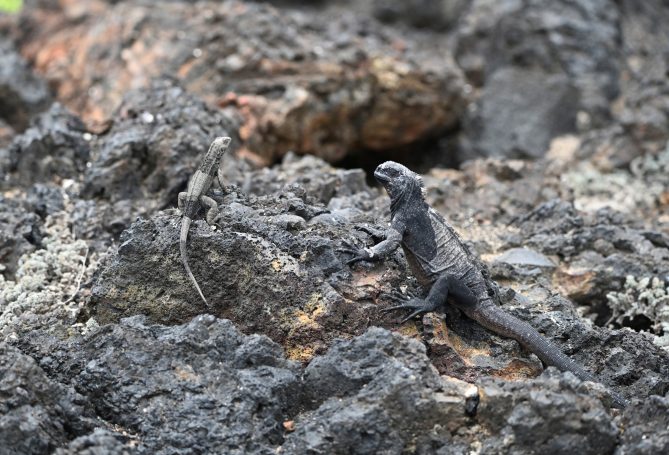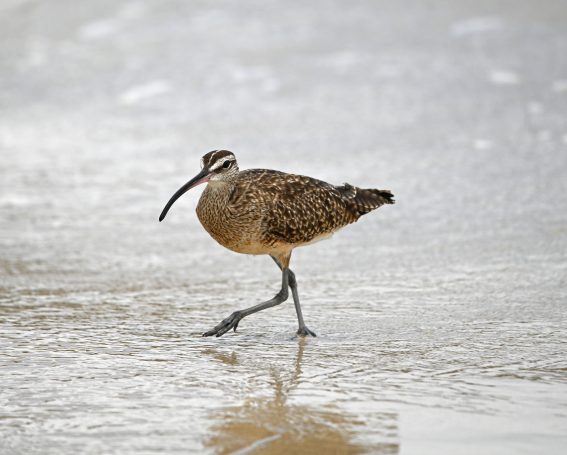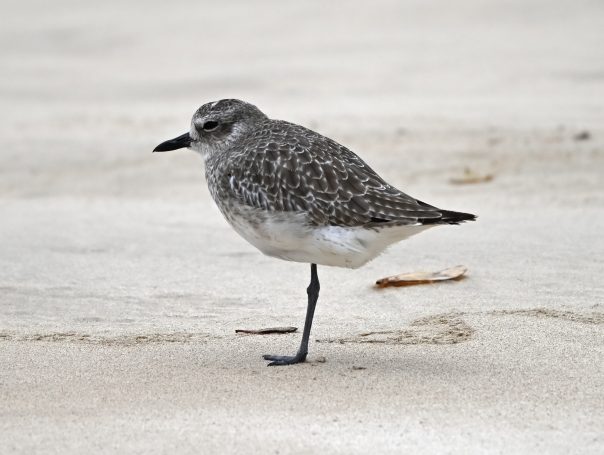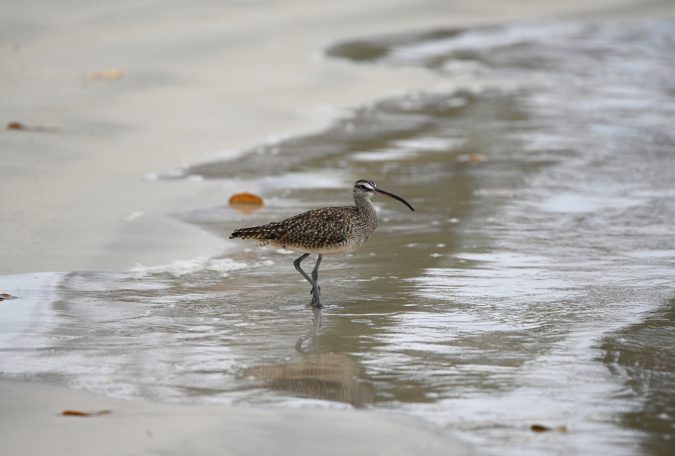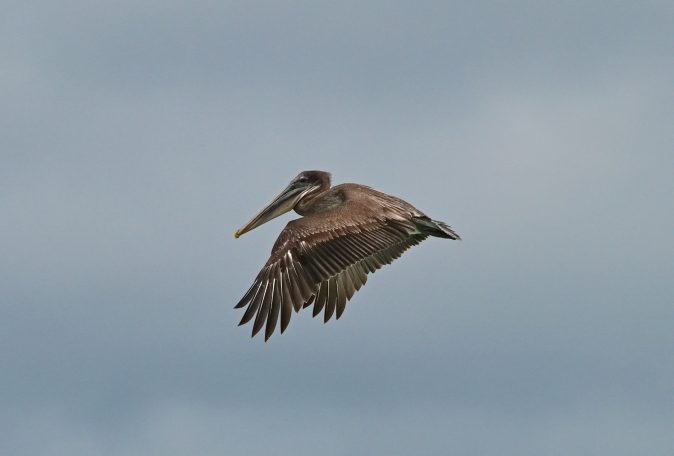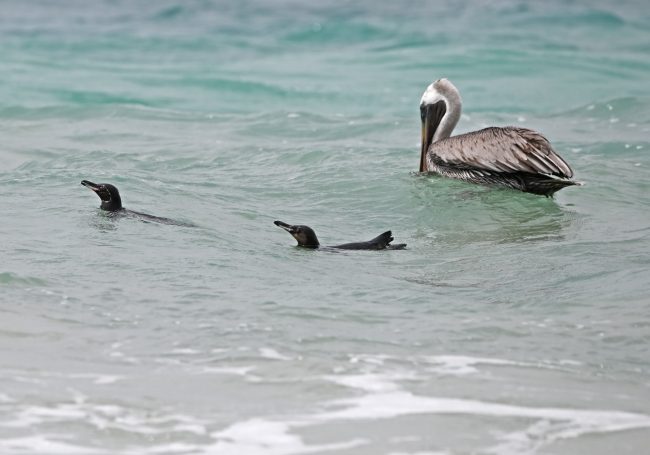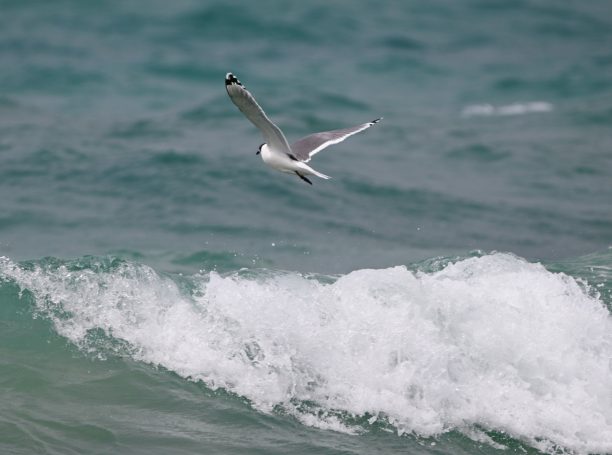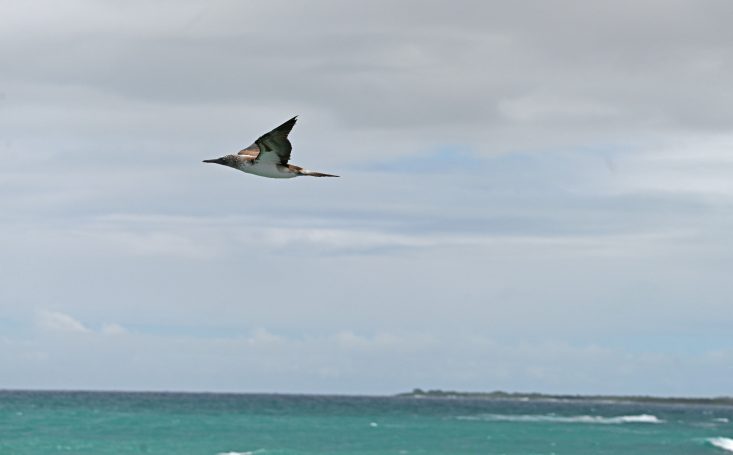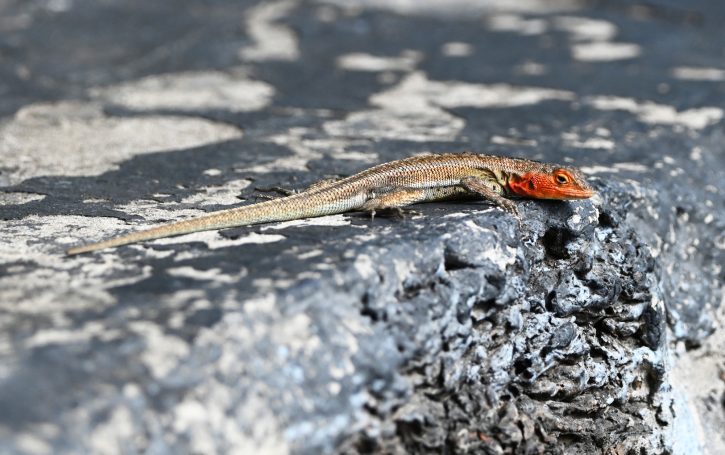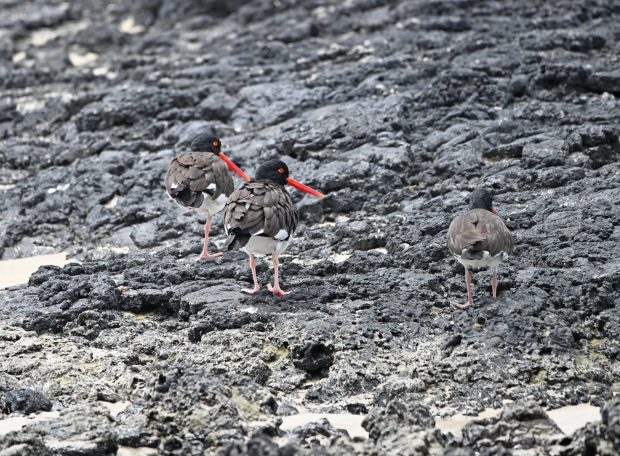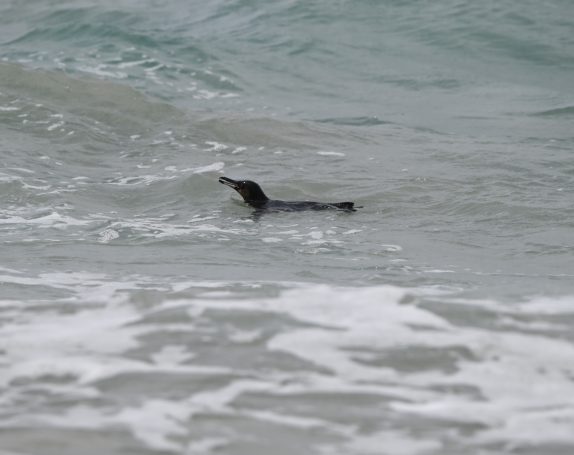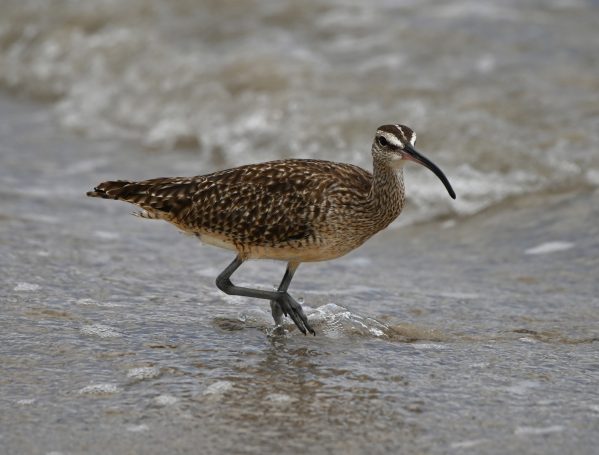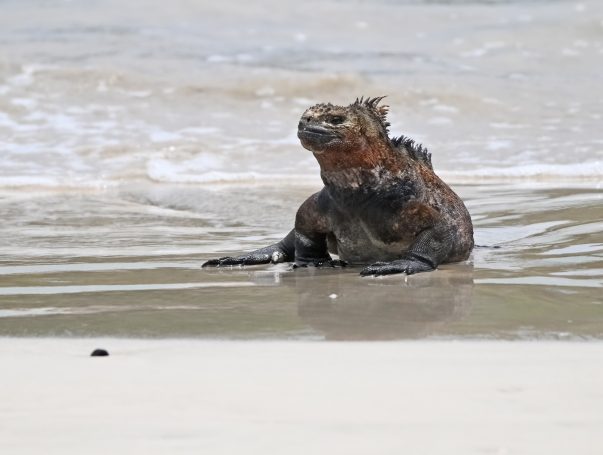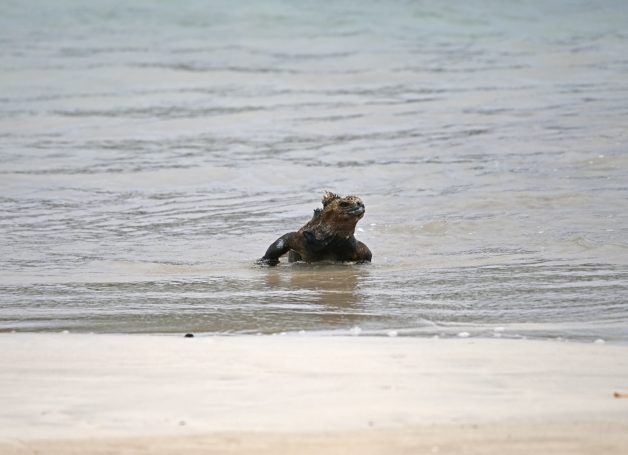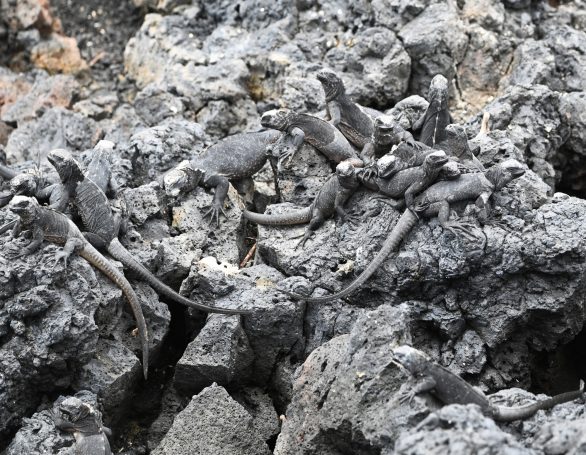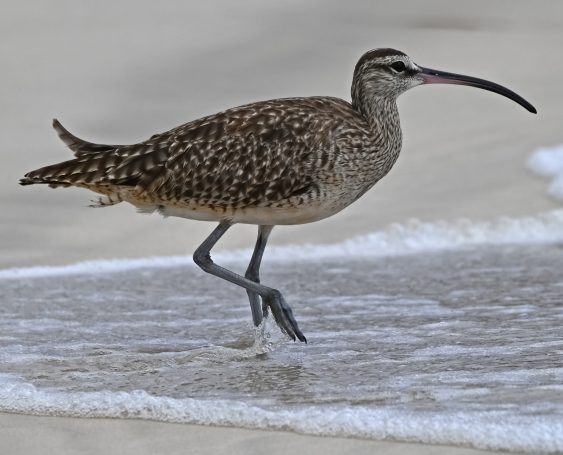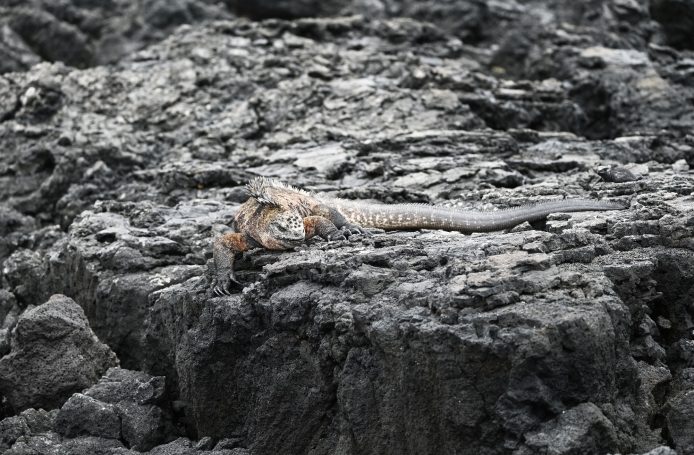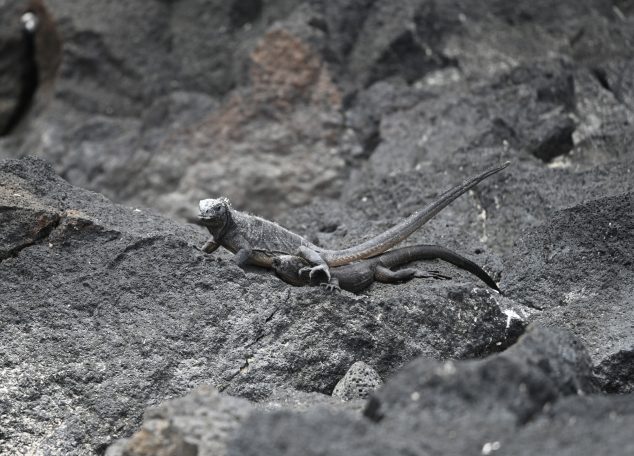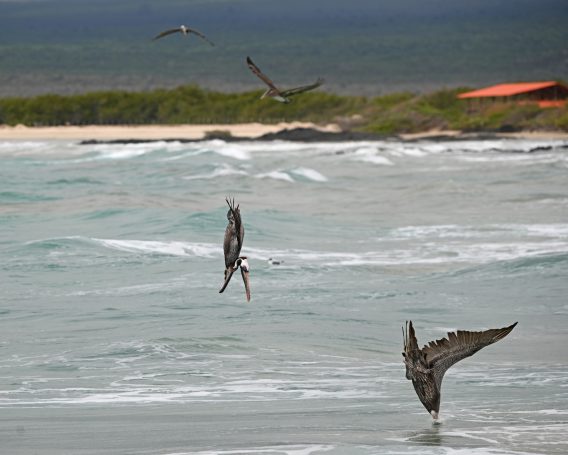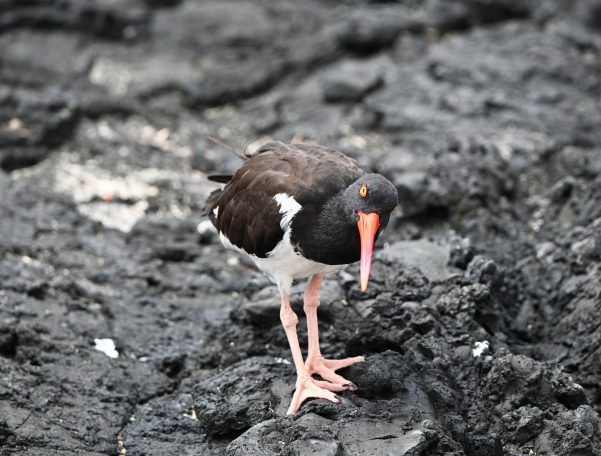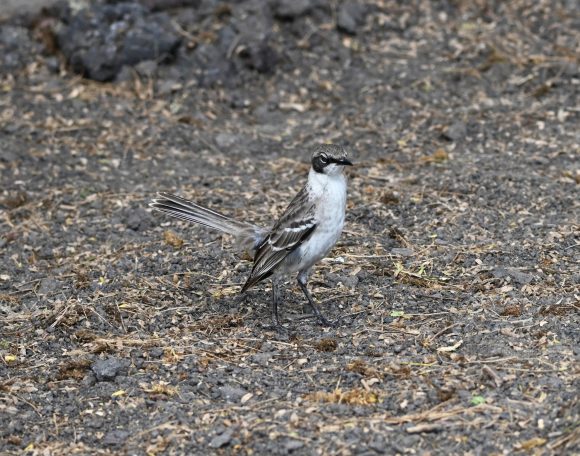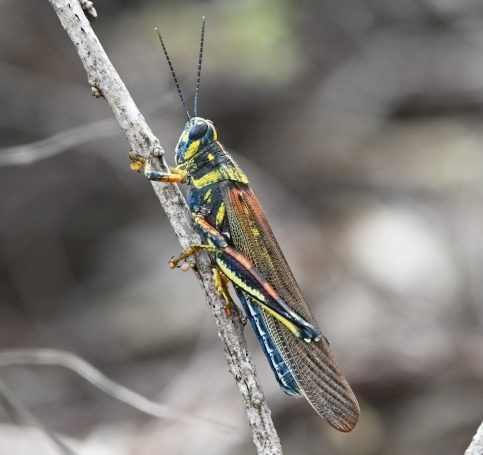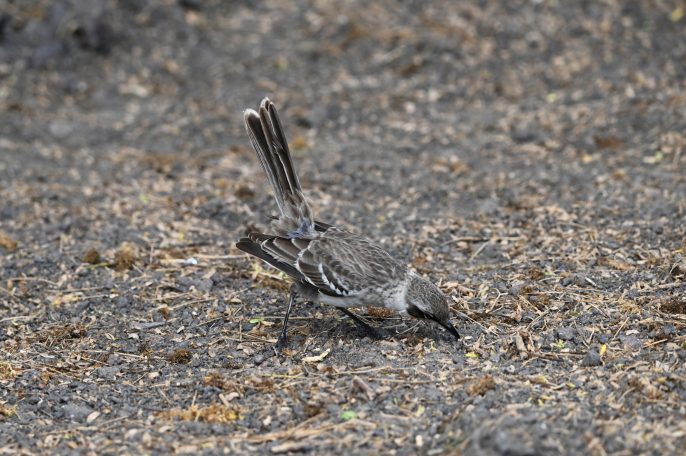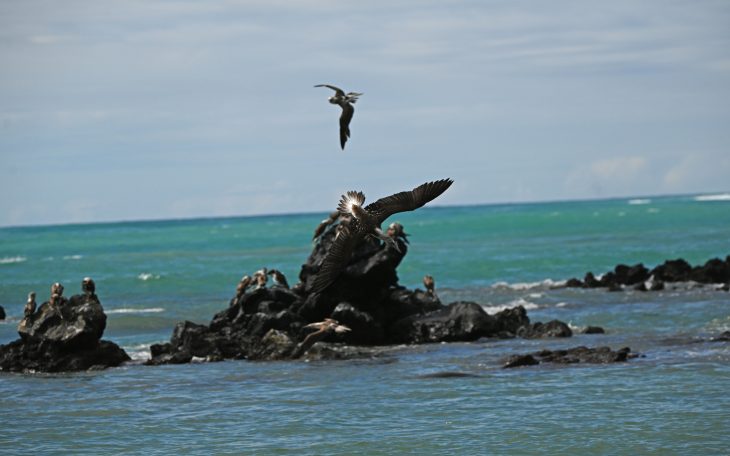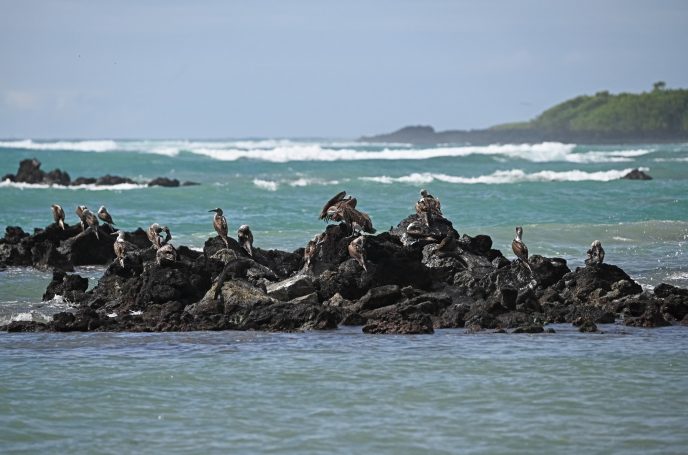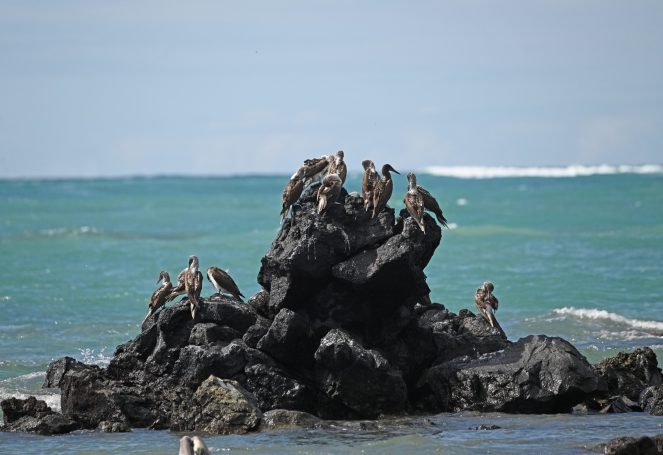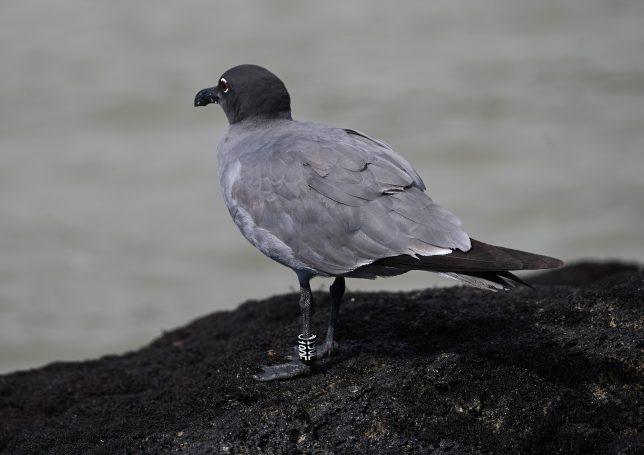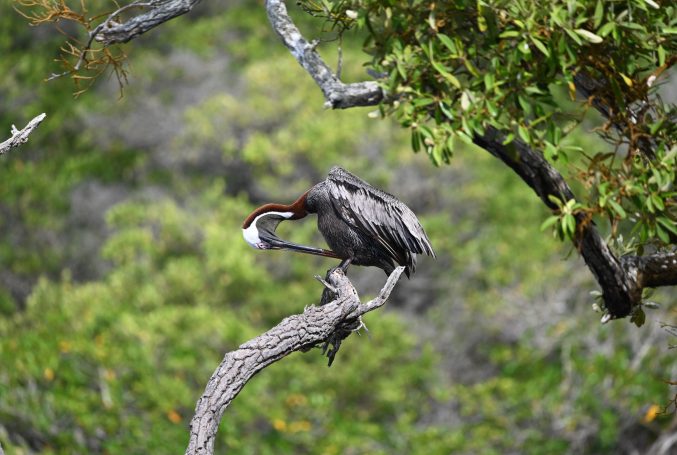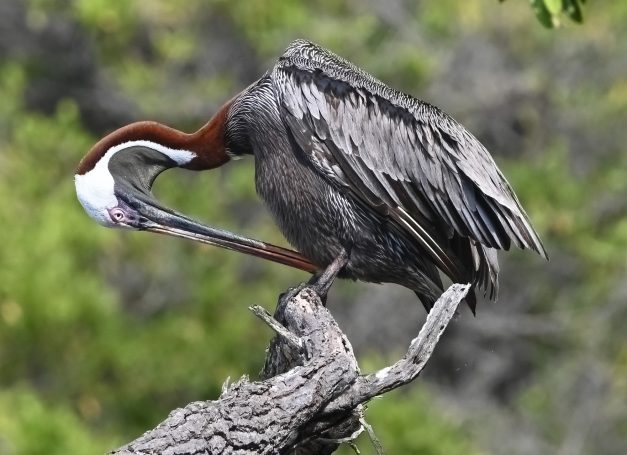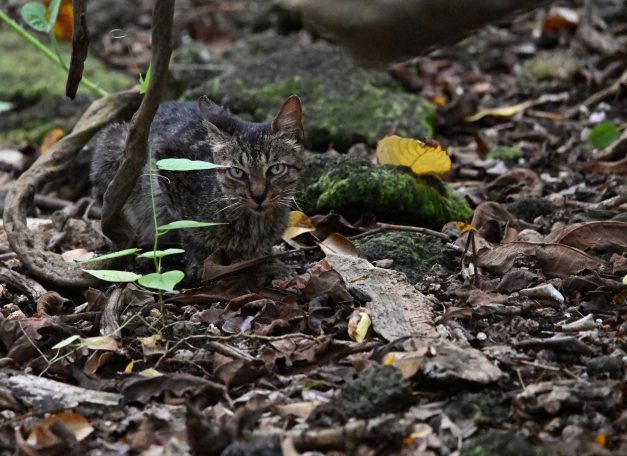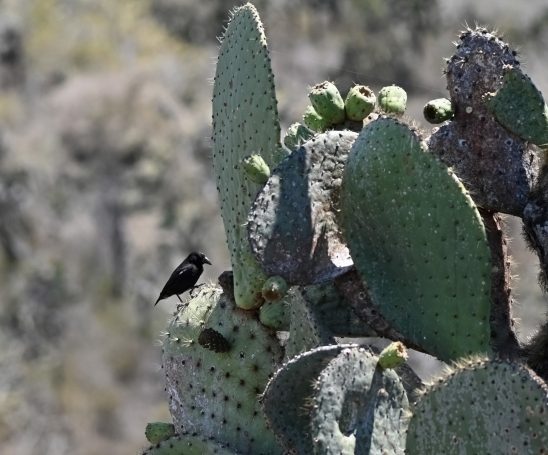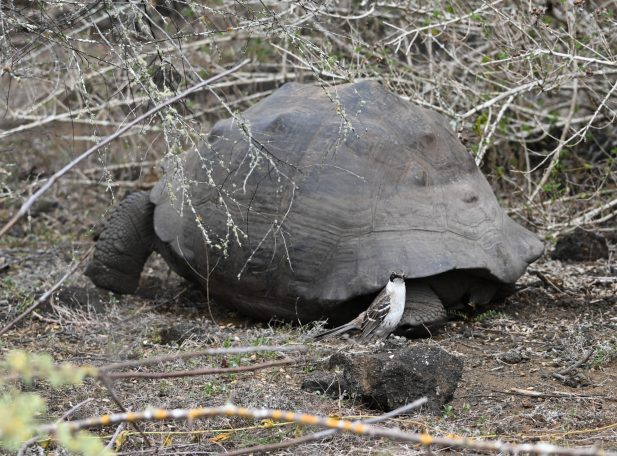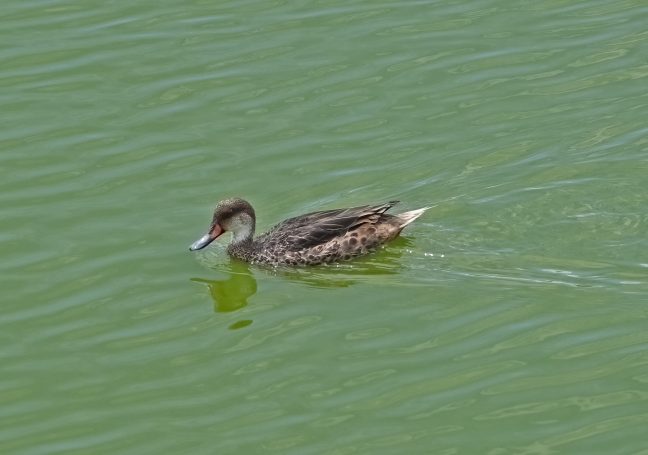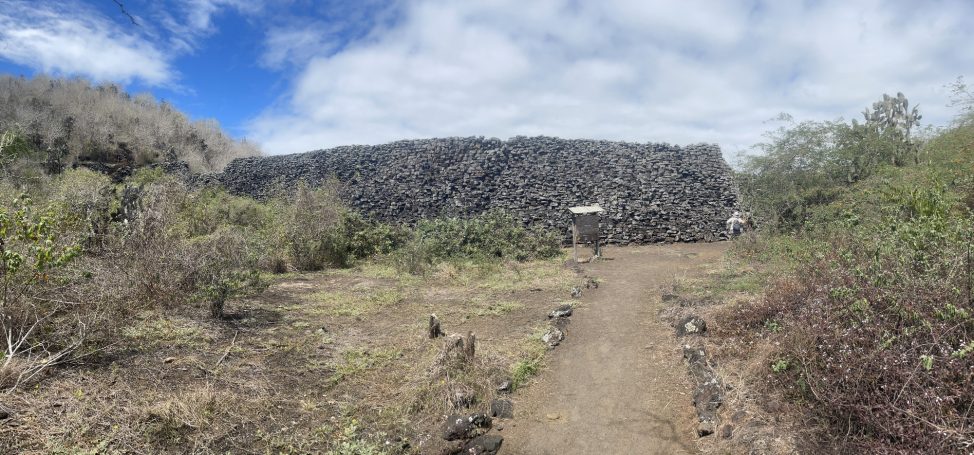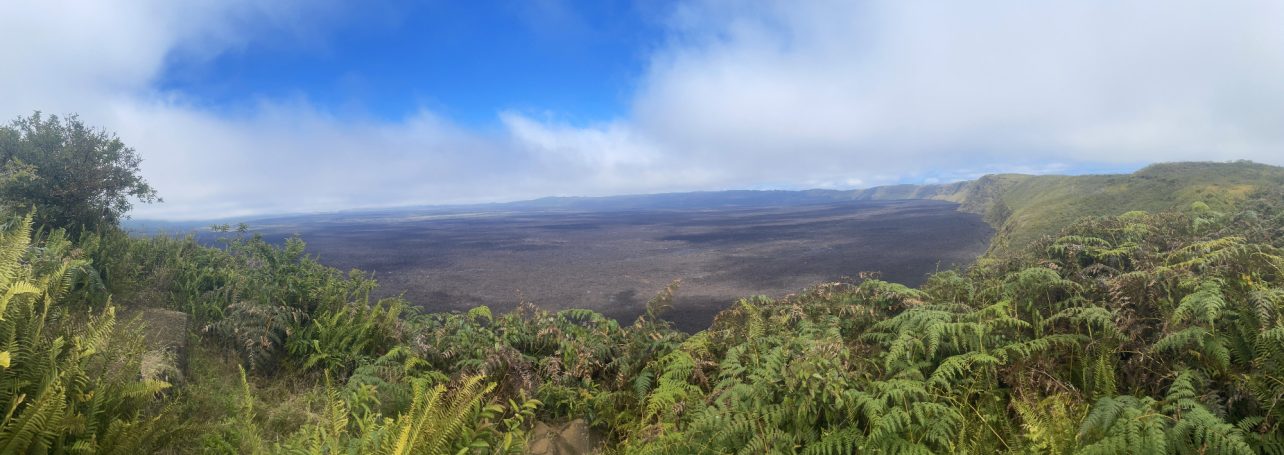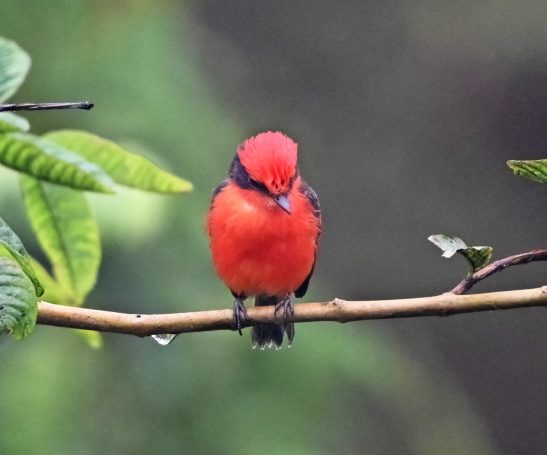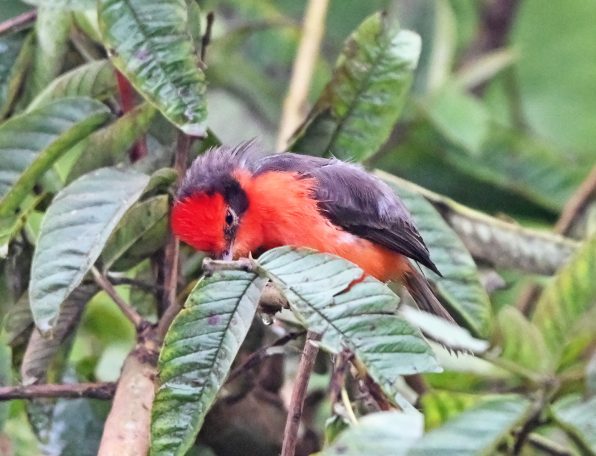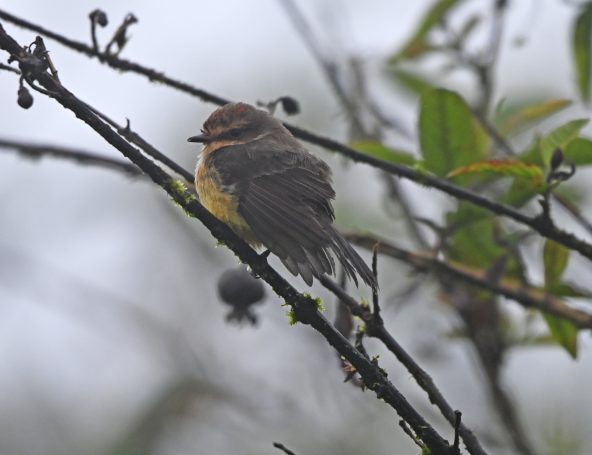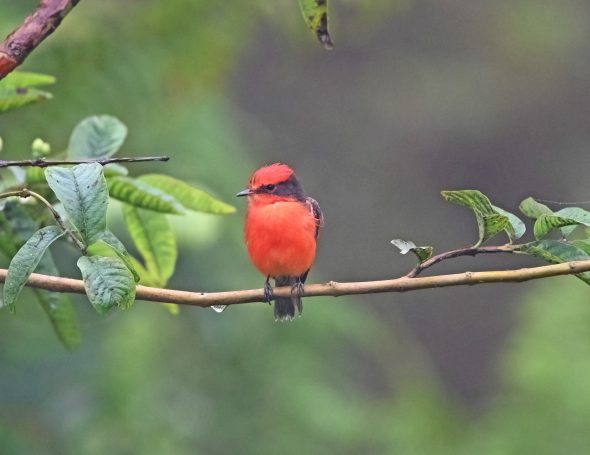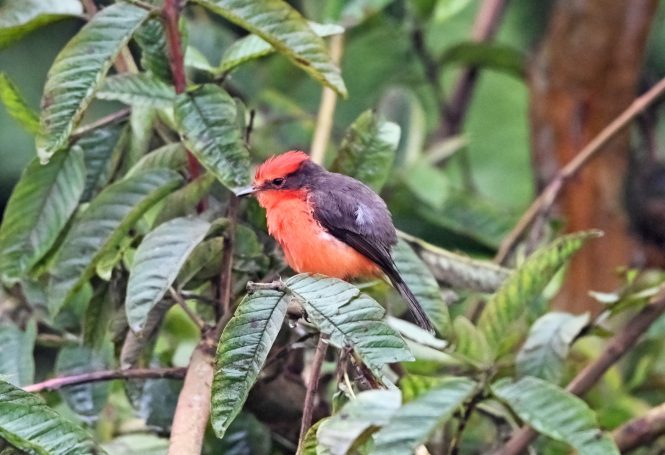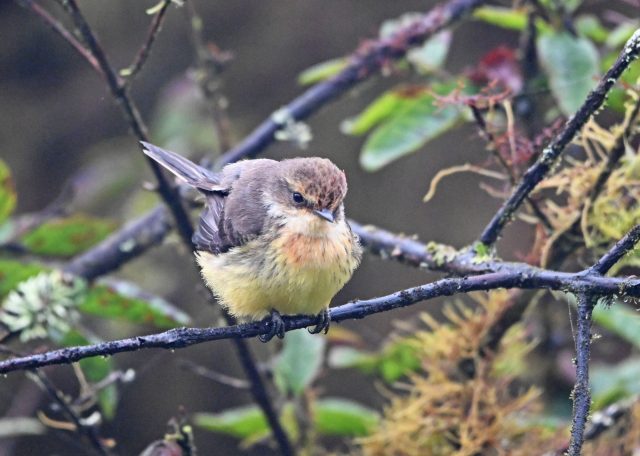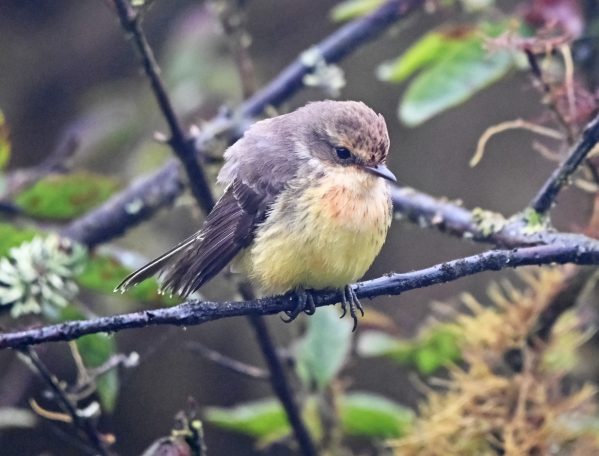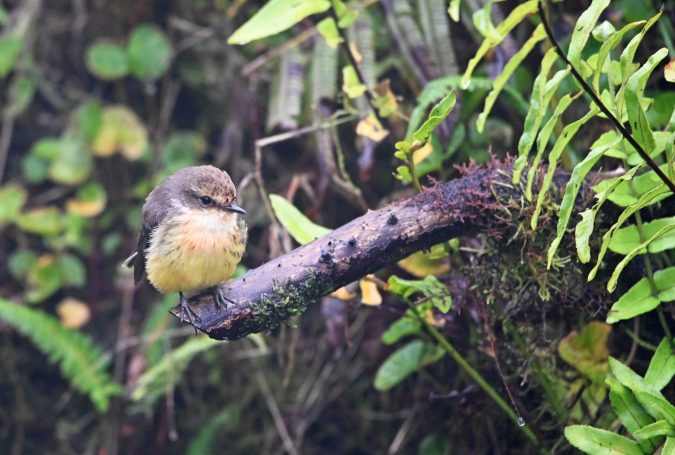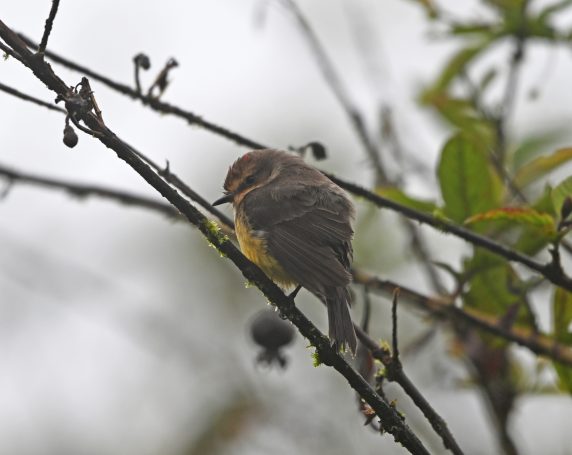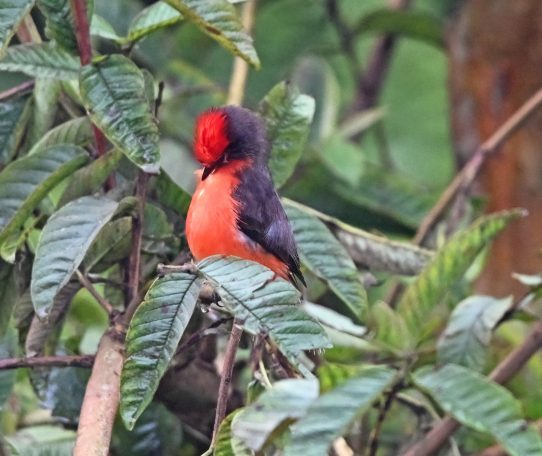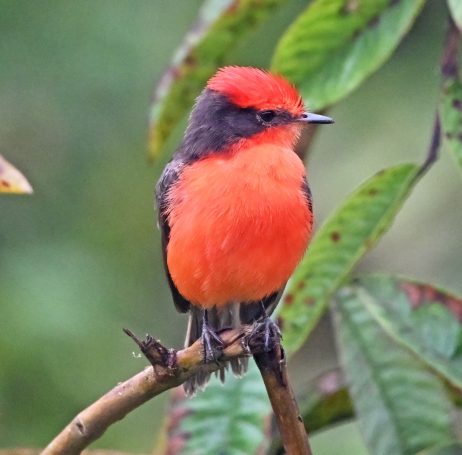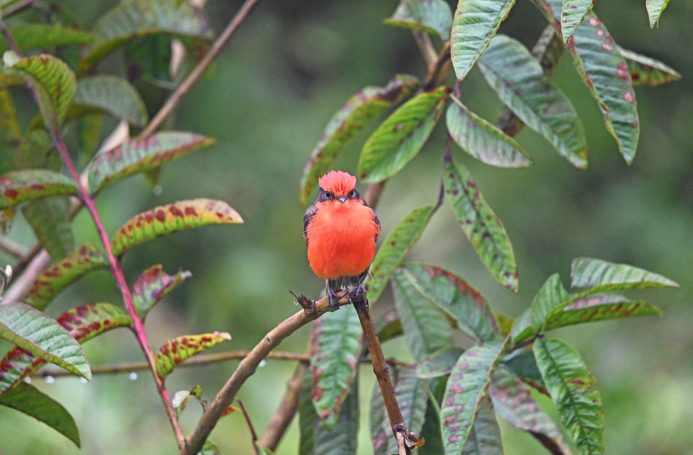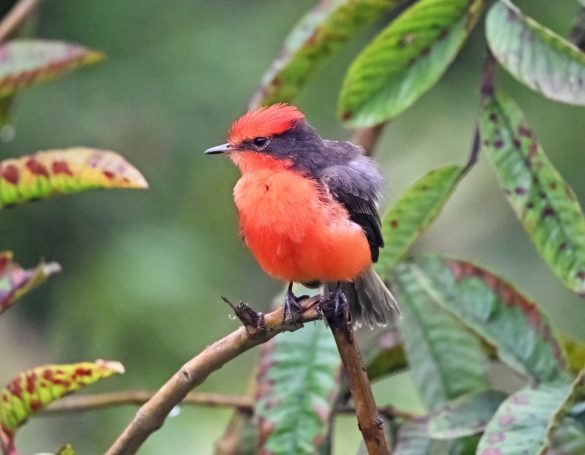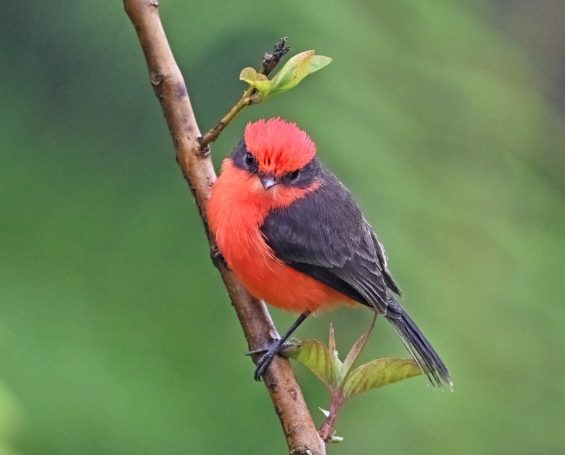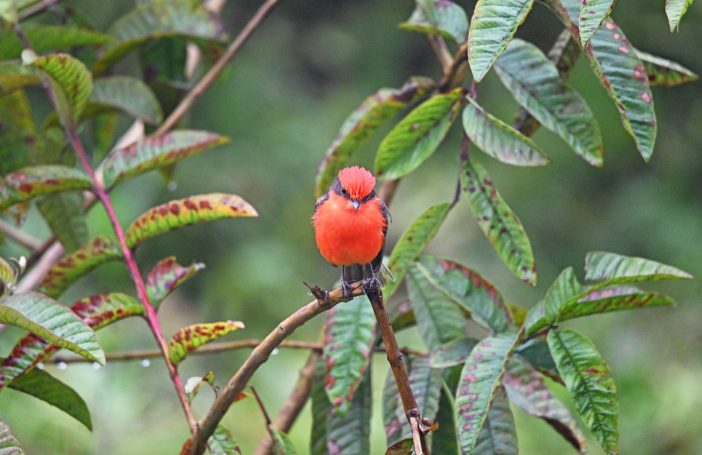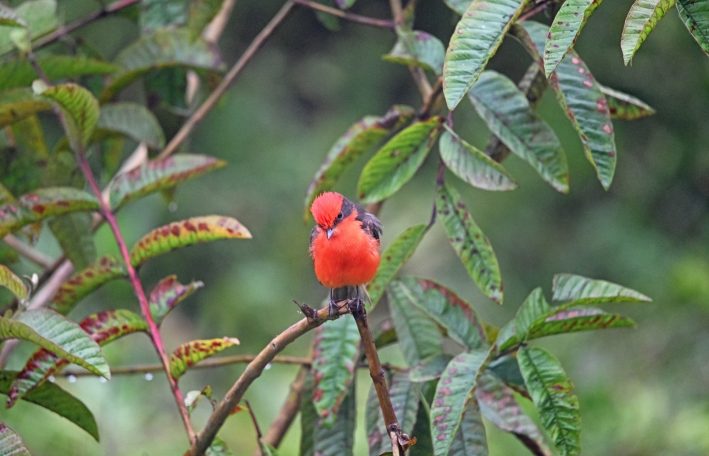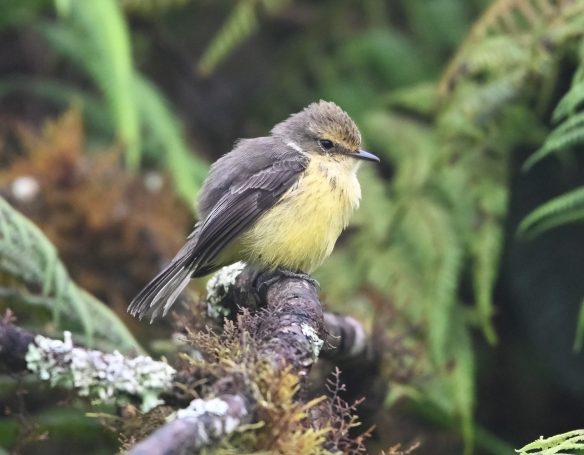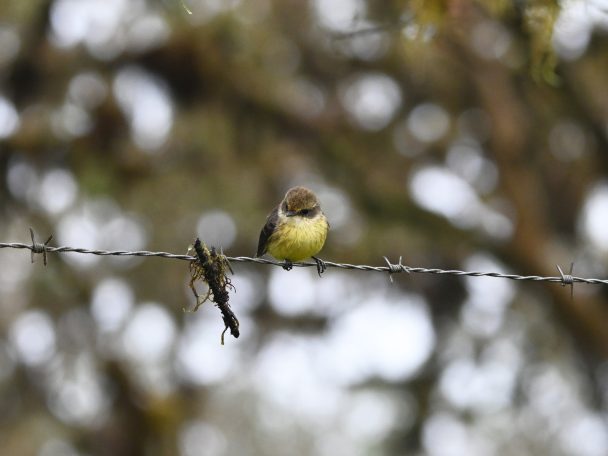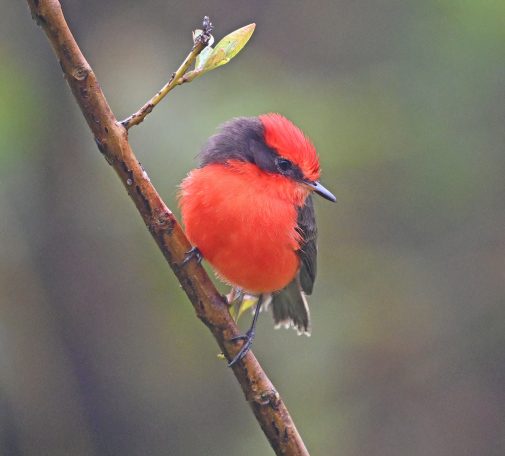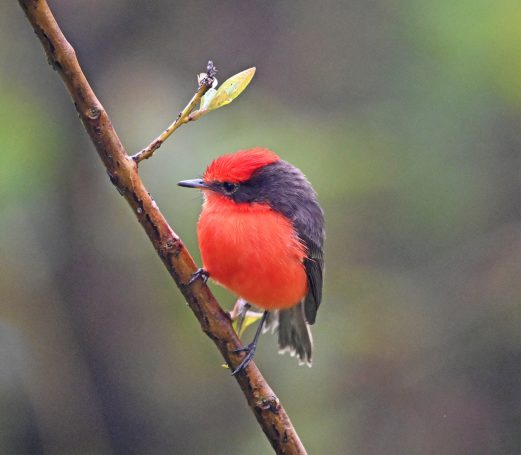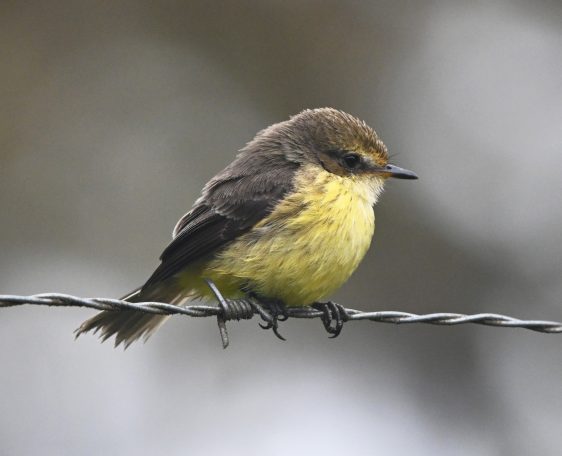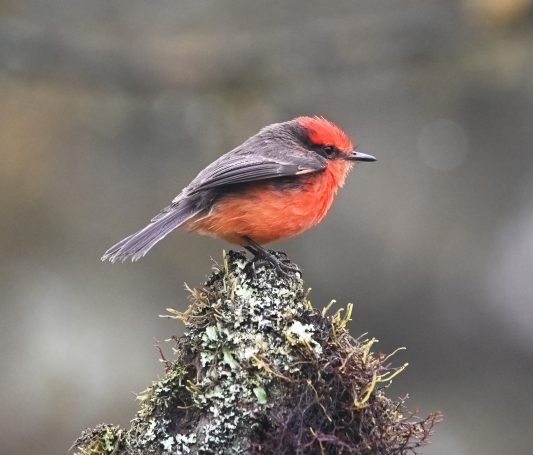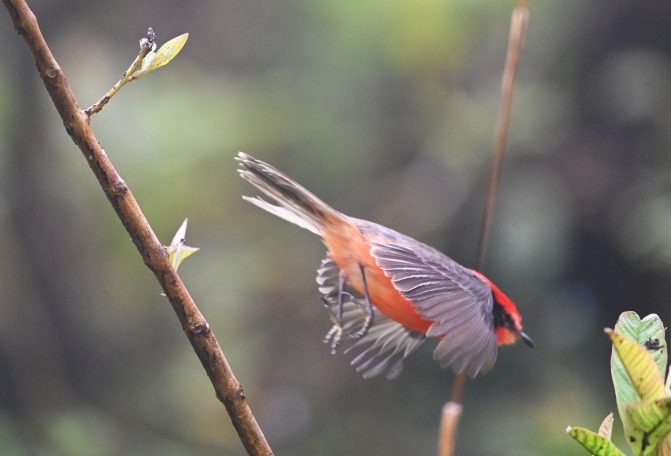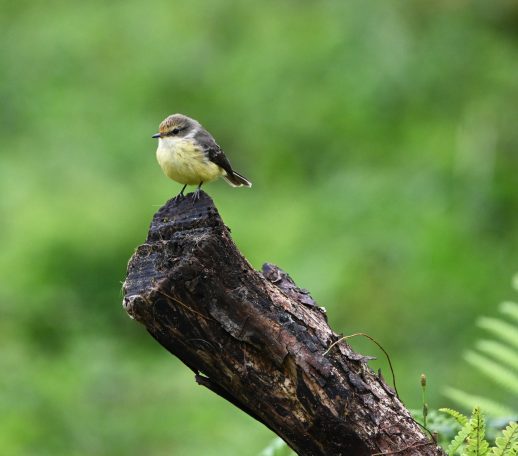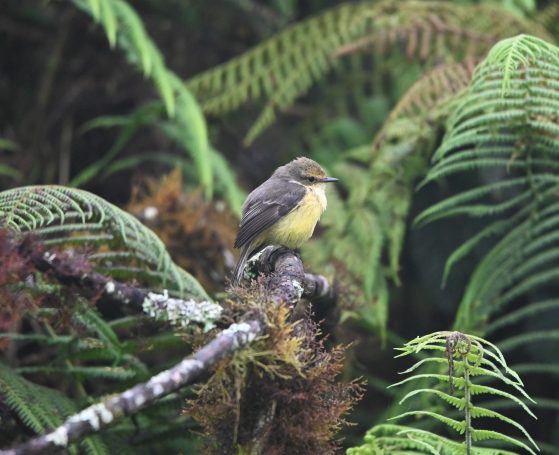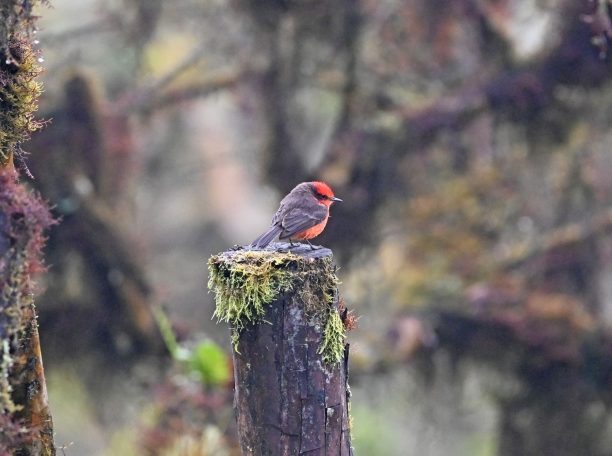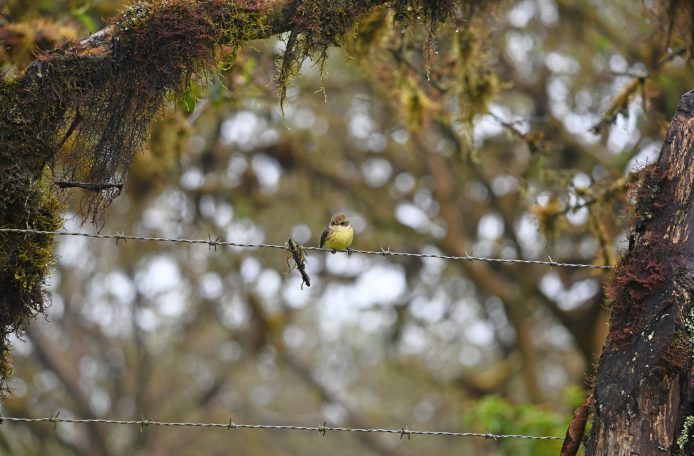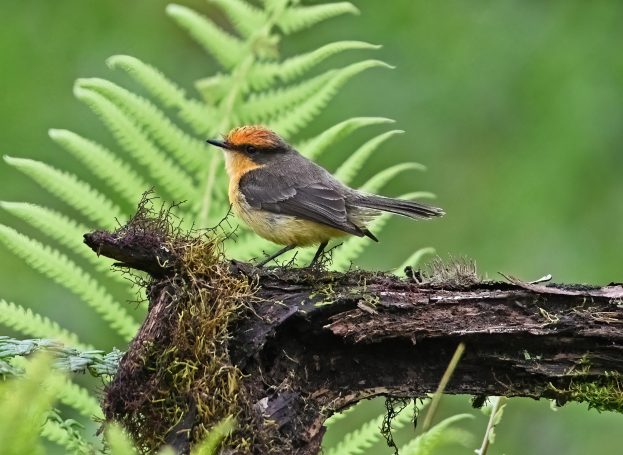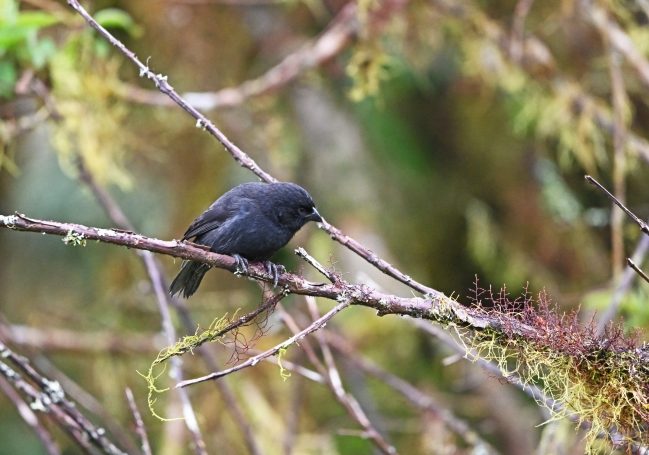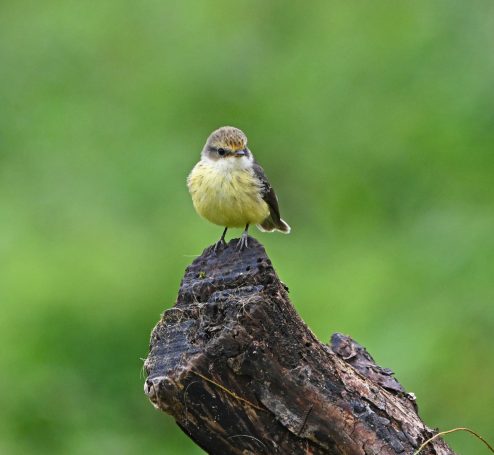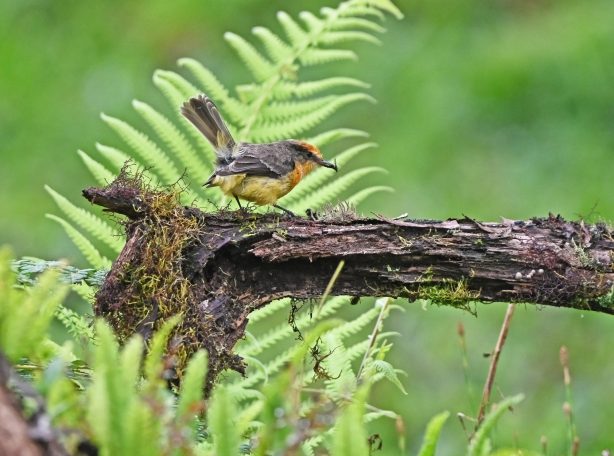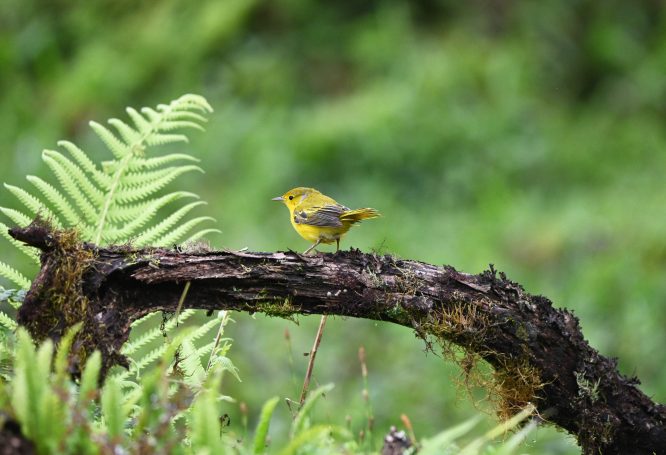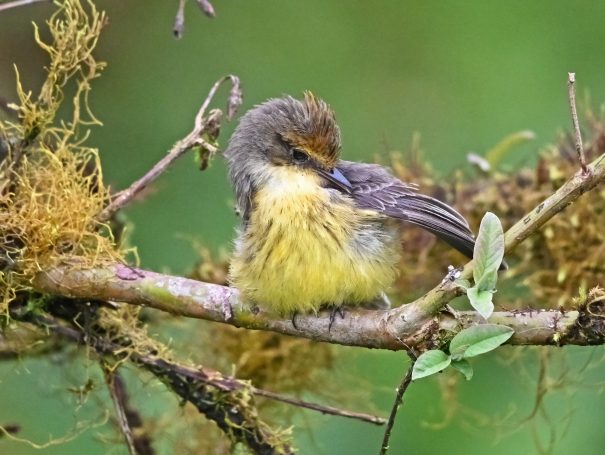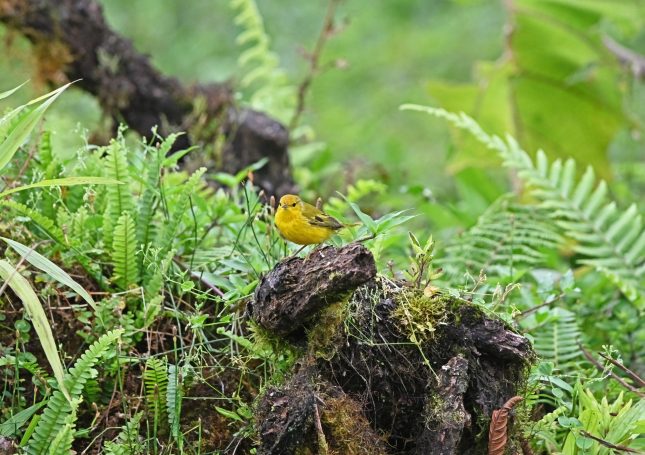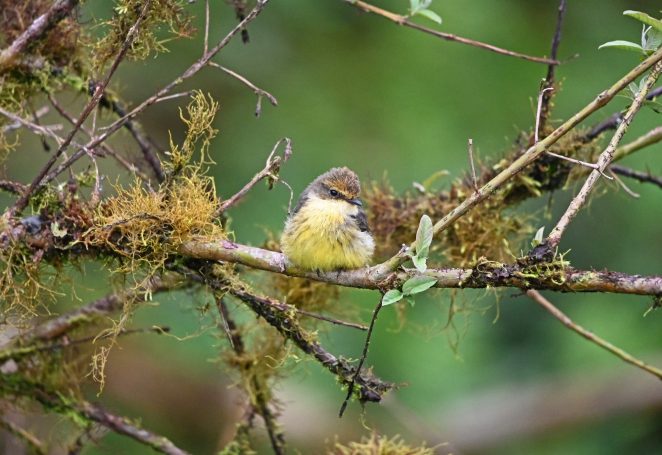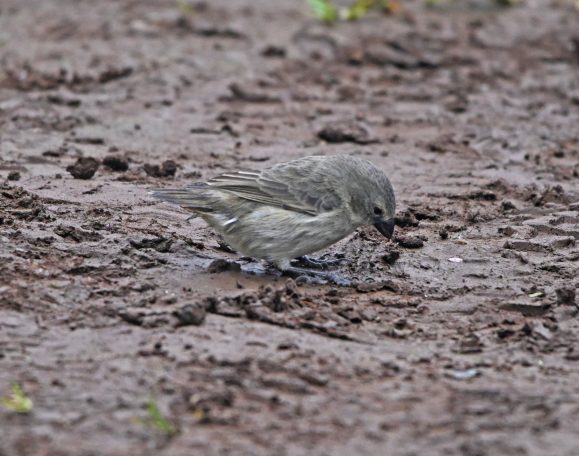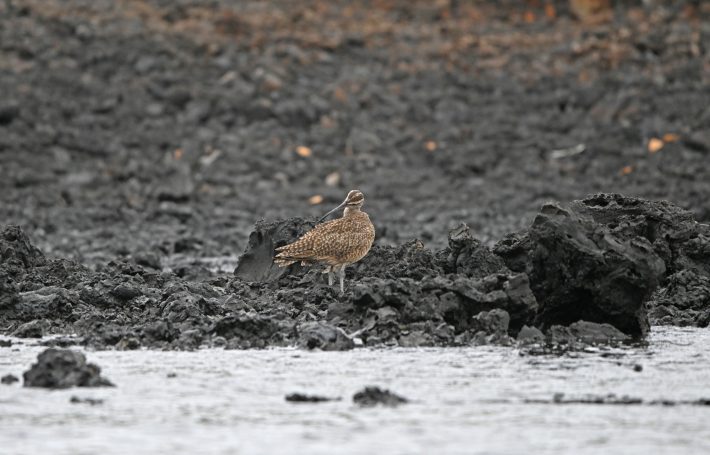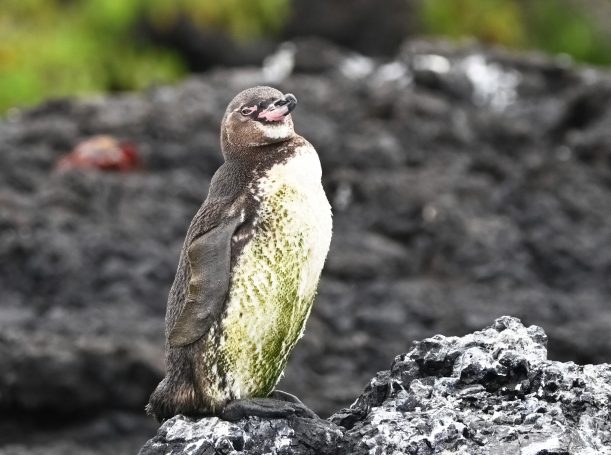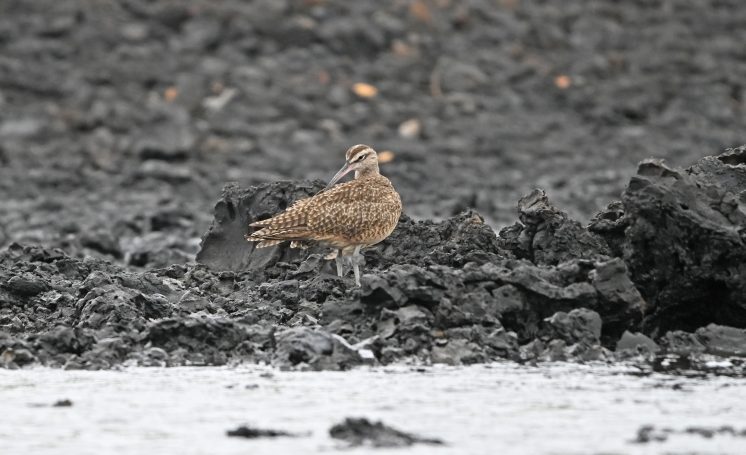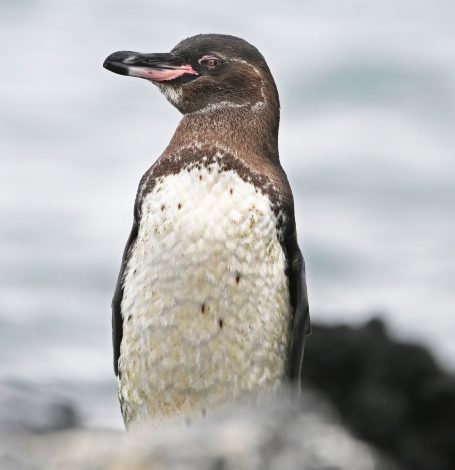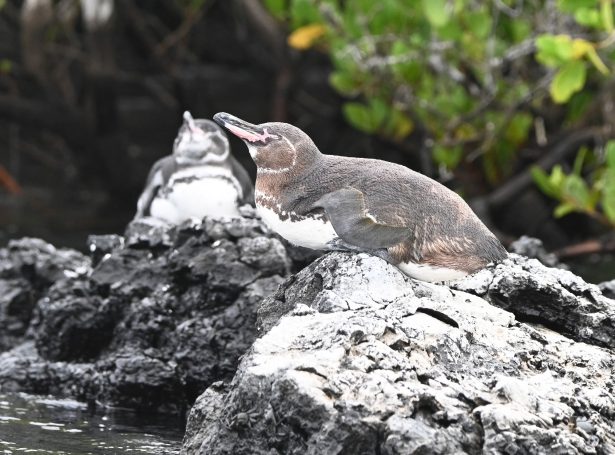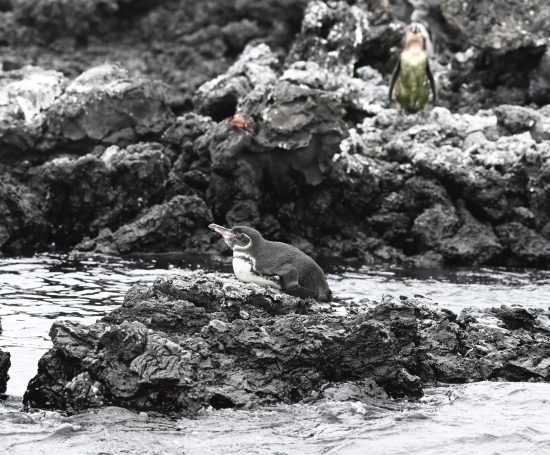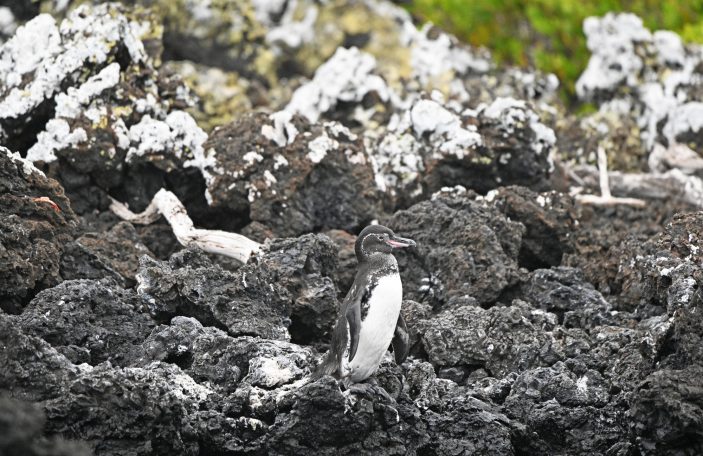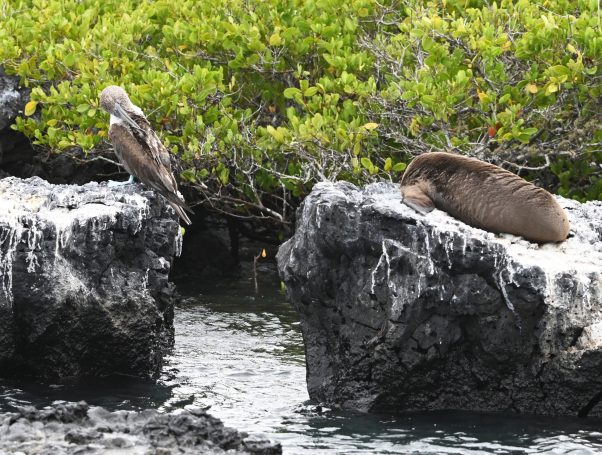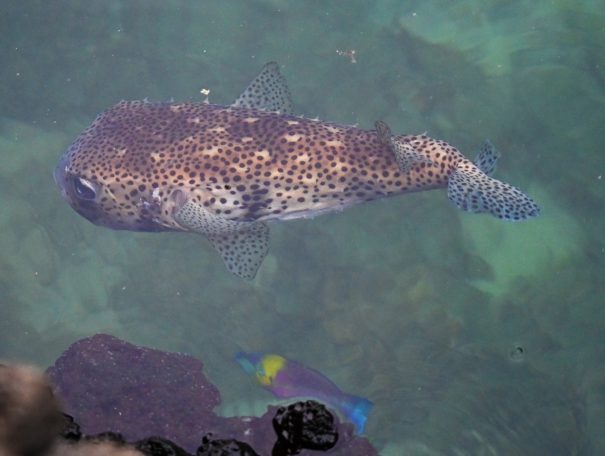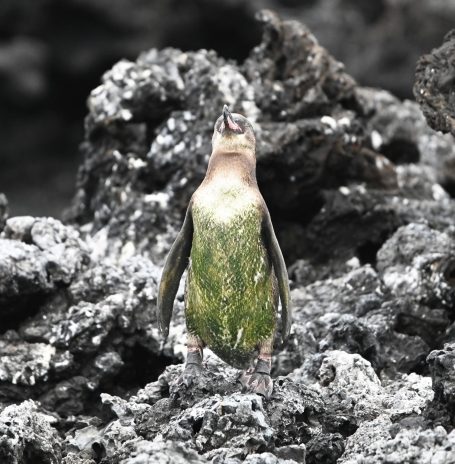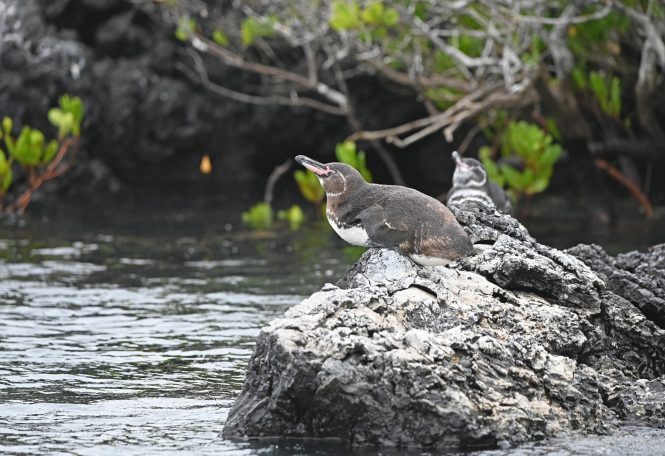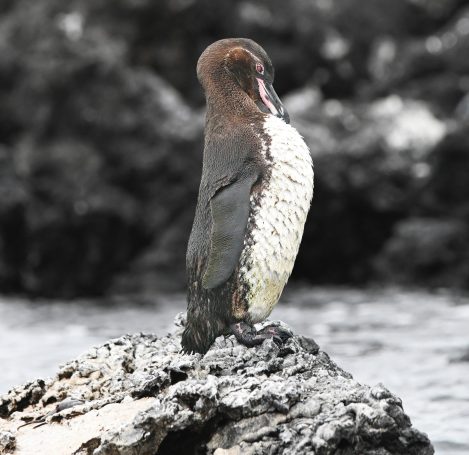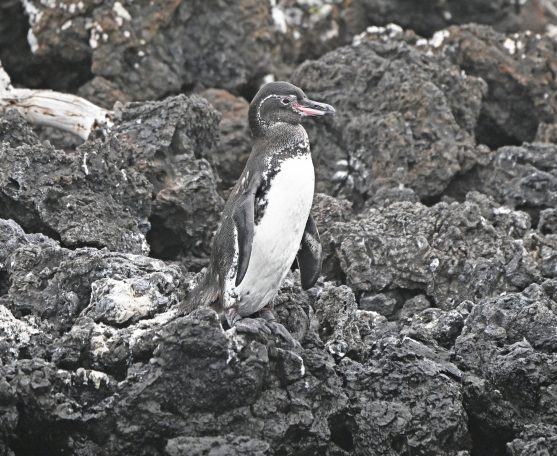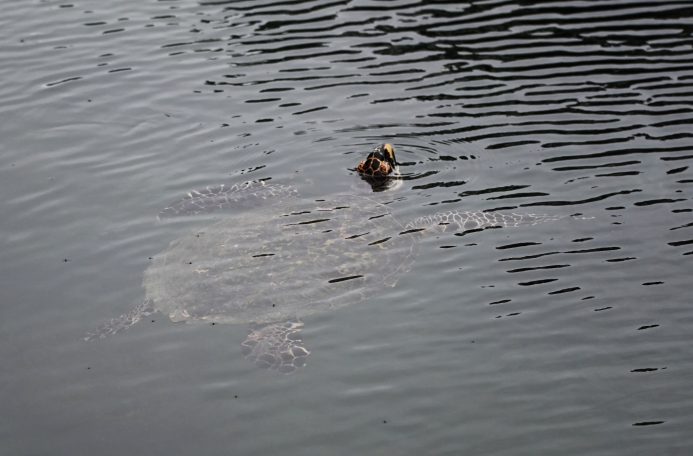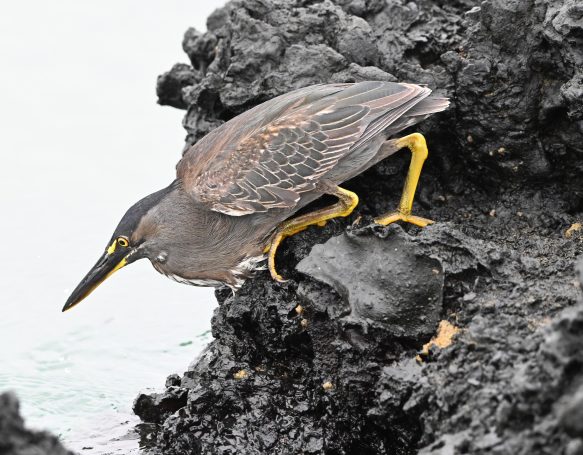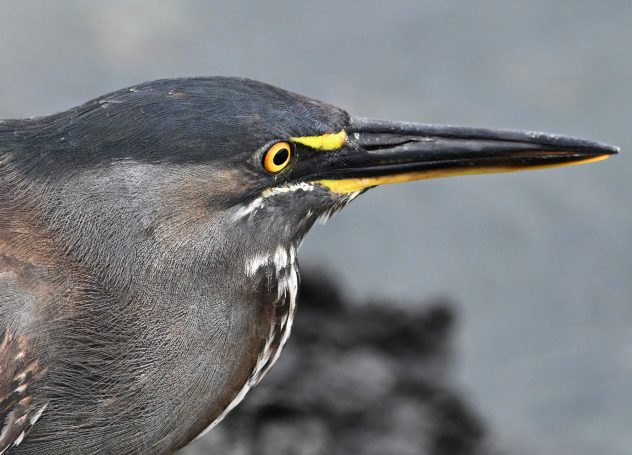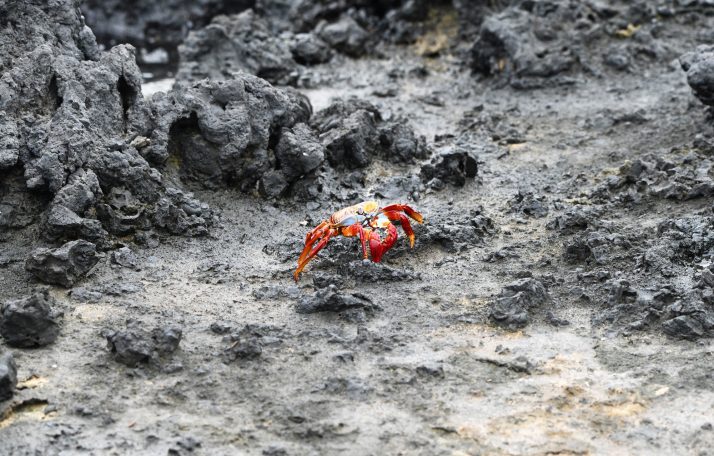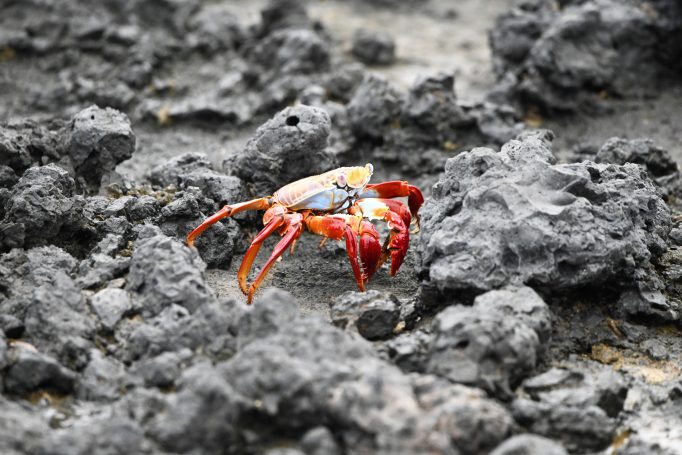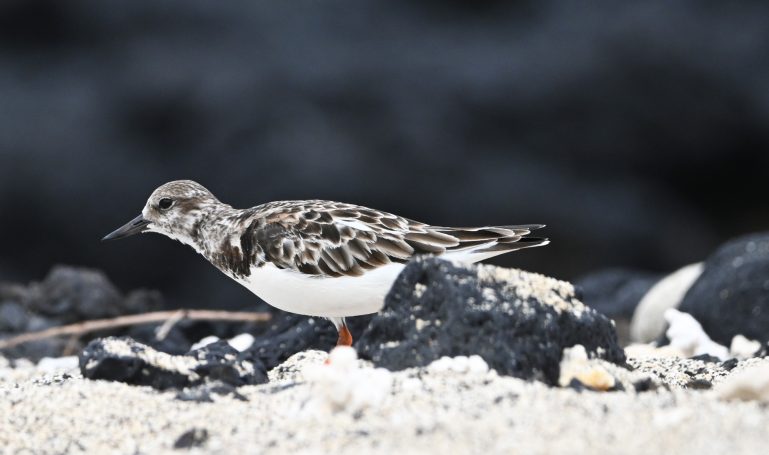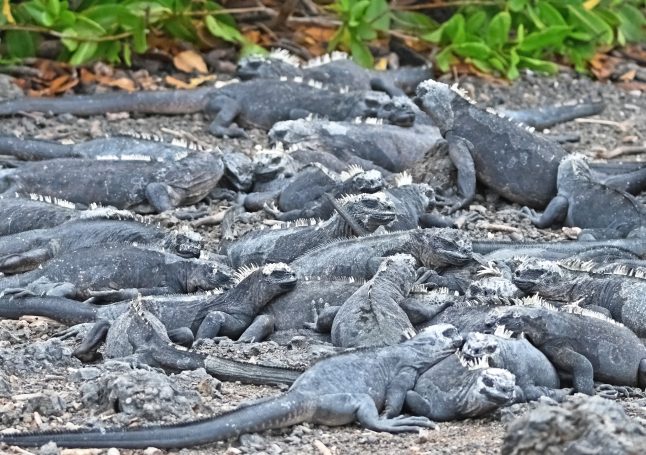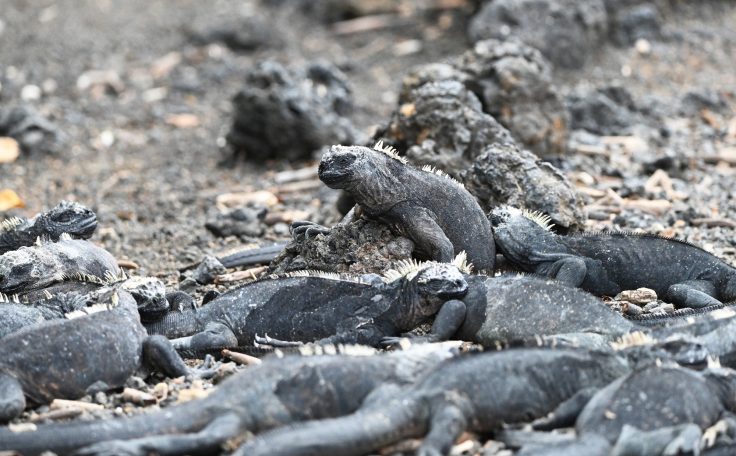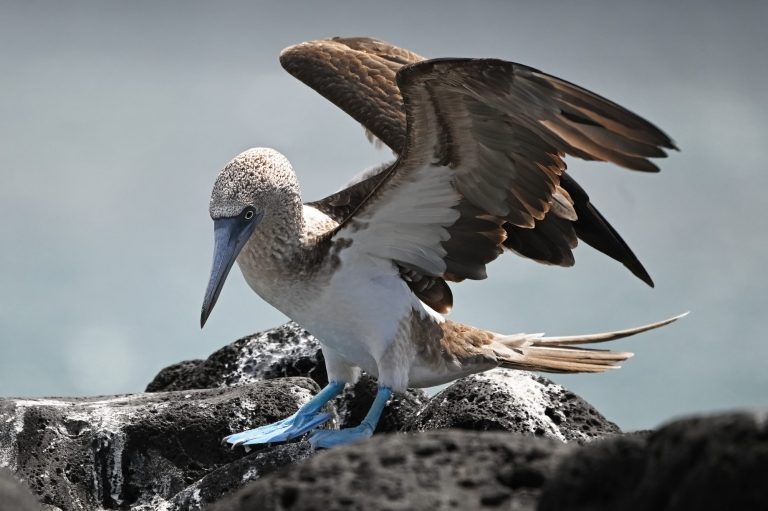November 2023 : Galapagos - Isabela island
10/11/23 : Day five on the Islands - Isabela Island
Flight from San Cristobel to Isabela and a day in the wild. Airport to beach, beach to Wetlands and Tortoise breeding center, then back to the beach and the lodge in the highlands.
10/11/23 : San Cristobel to Isabela island, then hitting the ground running and touring the beach and the wetlands with our guide Erika
We left our hotel in San Cristobel early and caught a 6 seater plane to Isabela Island. The plane was small and the inflight meal was a granola bar handed out before we took off by the ground staff ! The plane was too small to eat the bar however without digging your neighbour in the ribs, so it stayed in my rucksack!
The flight took about 40 mins and was loud so we wore ear protectors all the way, chatting was not an option. As we approached Isabela it became clear that this island was very different to San Cristobel. In geological terms Isabela is a much younger island, and is still volcanically active with five volcanos, because of this the whole feel to the island was different. As you approach the island from the air you can see vast lava fields around the edge of the island, they look as if they were flowing yesterday but are in fact 3000 years old. Cactus and other scrub is growing among the lava now but much less than in San Cristobel, however when you glimpse the highland you see that by contrast this area is full on rain forest. We were arriving at 9am and the mist was clearing around the coast but still present in the highlands.
Isabela is the largest of the the Galapagos islands, but only a very small proportion is open to the tourist and there is only one town of Puerto Villamil, We were staying in the highlands on the edge of the Sierra Negra volcano, 15 mins away by car from the town. This volcano is still active, last erupting in 2017 and thankfully not predicted to be live again anytime soon.
The whole island is covered by the National Park, and so as in all the islands you need a guide, we were meeting ours at the airport, and she would guide us for the next three days. Despite having only 5% of the island open to us there was a lot to see and explore and we hit the ground running. We landed and were taken to our our accommodation by taxi with Erika pointing out everything we could see, we were staying at a tented lodge in a Banana plantation / rain forest. The tents were on a large raised decking area and were wooden floored with a double bed and a shower room, this was glamping Galapagos style.
We had been warned that we might be sharing with large banana spiders but not to worry about them, Tracey didn't look convinced! We didn't however have much time to explore the accommodation as we quickly deposited our bags and headed off for the first half of todays tour.
We headed off with Erika for the coast and a walk around the wetland lagoons and beach. We hadn't arrived at the beach when Erika stopped the car at an old gravel quarry because she had seen something earlier she thought we might like. Looking over the edge into the quarry we were greeted by the wonderful sight of two American Flamingos and one Juvenile, this was another species to tick of the list and they were great to watch, we even got a glimpse of a few White Cheeked Pintails on the lake as well.
The road into the town quickly changed from tarmac to sand and we entered what I can only describe as the perfect beach town. Sandy roads, small shops, cafes , bars and bakeries on each side and directly behind the main road was the most perfect white sanded beach. This is a small town and there was hardly anyone around, those that were we all on the beach, but even with that we felt like we had the area pretty much to ourself.
From the beach we watched the Brown pelicans diving for fish, and then noticed the Galapagos Penguins swimming and diving with them. Blue Footed Boobies & Frigate Birds were flying overhead, Whimbrels on the beach and Franklins Gulls everywhere. We had to watch our feet as we explored further as the Marine Iguanas were everywhere, on the rocks, in the sea and even on the steps to the pier and viewing platform.
We wandered around for a couple of hours, stopped at the bakery and ate our pastries as we watched the wildlife do its thing on the beach, what a place this was! All too soon our taxi arrived and we headed off to the lodge for lunch, then another quick turnaround and out again for the afternoon.
This afternoon we visited a Galapagos Tortoise breeding centre, a large operation that was breeding hundreds of the Giant Tortoises, that would be helicoptered all around the island for release. Like the other islands, Isabela had a population of endemic Tortoises that had been hunted to near extinction of the years by sailors using them as an easy source of meat. The centre was doing a superb job and the islands numbers are well on the way to returning to good levels, but its a long term endless job to achieve this and one the locals take very seriously.
After the Tortoise centre we walked along duck boarding through the inland wetlands towards the beach. The wetlands are a series of brackish ponds and salt marsh, refilled at high tide and they are the home to a good selection of birdlife. We were lucky enough to see plenty of Darwins Finches, Galapagos Warblers, Galapagos Flycatchers ( another tick off the list ) , Smooth billed Anis, White Cheeked Pintails and a Blue Heron. Just as we were about to leave the wetlands we spotted two more endemic birds the Lesser Yellowlegs and the Black Necked Stilts, I was going to have to get a bigger tick list at this rate.
Back onto the beach once more to sit and watch the sunset while eating Empanadas from a beach side cafe hut, what a perfect way to finish the day, before heading back to the lodge for a night in our rainforest tent !
November 2023 : Galapagos - Isabela island
11/11/23 : Day six on the Islands - Isabela Island
Walk along the beach, through the mangroves to the Wall of tears, then in the afternoon a snorkeling trip
11/11/23 : Isabela Island, The Galapagos - Walk to the Wall of Tears and Snorkelling in the afternoon
We were picked up from our tented lodge at 8am after a sleepless night, a Rooster was crowing every hour from 1am and it rained so the tent was somewhat noisy ! We were leaving early as we had a longish walk up to an old Prisoner of war camp, known as the wall of tears. The prisoners were forced to build a wall in the wilderness, the wall served no purpose other than to punish the prisoners and many died and were entombed within the wall. This is a part of the Galapagos history that was particularly brutal and although a sombre place, the walk to it through the mangroves was set to be a good one.
We set off before it got too hot, and in the mangroves it was cool, we left the mangrove and onto a beach which was alive with birds. Blue footed Boobies, Frigate birds and Brown Pelicans were all diving for fish on the incoming tide. We could have stayed here for hours just watching the spectacle, but after a few photos we left as we wanted to get the majority of the walk done before it got too hot in the midday sun.
The track through the mangroves and cactus forests was a gravel one, slowly creeping upwards, we passed a view point on a hill which we were going to return to on our way back. All along the track we were looking out for Tortoises in the wild, many of these would have been released from the breeding centre we visited yesterday, and some had been here for years. Clearly the breeding and release scheme was working as we passed well over a dozen on our walk.
We reached the end of the trail at a desolate place with a sombre feel to it, and approaching down stone steps we were faced with a huge wall, 6 or 7 meters wide and as tall as a house. It was sad to think this structure was built with the suffering of men, forced to build it in the heat with no tools and for no purpose. This is a protected monument now, honouring the men who died and so we didn't linger. It was well worth the walk to visit it and have a moment of silent contemplation, but not a place I would choose to return to in a hurry.
Leaving we headed up to a view point on top of a hill above the track, no easy task in the midday sun but the vista from the top was worth it. We looked out along the coast at the volcanic islands off Isabela and then the other way to the Volcano Sierra Negra, which we would be climbing tomorrow.
We set off back to our taxi, wanting to get out of the sun before we ran out of water, but we did stop along the way to look at the Volcanic Tunnels caused by lava hitting the sea, sitting inside the tube you got a real feeling of just how far from the rest of the world we were.
Thankfully the taxi came and brought with it ice cold water which was very much appreciated, our guide Erika had thought of everything :)
After a lunch back at the lodge, we headed back into town and met with Erika to collect our snorkels and fins and we headed off to the coast to snorkel in a bay surrounded by mangroves. I trip was briefly paused while we tried to persuade a Sea lion to move off our path, which eventually it did so reluctantly.
Once in the water we were treated to Sea Stars, Sea lions, a vast amount of fish, and Turtles. Such an amazing place to visit and made even more exciting when I realised we were also swimming with White Tipped Reef Sharks, I only spotted them after accidentally kicking one with my fin! It didnt seem to mind and we got to watch it swim away happily.
November 2023 : Galapagos - Isabela island
12/11/23 : Day six on the Islands - Isabela Island
Morning trek up the Sierria Negra Volcano and afternoon exploring Las Tintoreras Islet
12/11/23 Sierra Negra Volcano in the morning and Las Tintoreras islets in the afternoon
Today started wet and muggy but with a forecast to clear, so we headed off with our guide to the Sierra Negra volcano. I was looking forward to this excursion but not only is it a live volcano which last erupted in 2017/18 but it is also home to one of the rarest species of birds on the planet the Vermillion Flycatcher.
Starting off from the National Park registration centre we headed off up a gentle gravel track through green brush land, we had only got 10 mins into the trek to the volcano crater when we spotted a little yellow bird, upon closer inspection though we found it was a juvenile Vermillion male Flycatcher , this was going to be a good day ! Further up we were delighted to spot both adult male and female Vermilion, and over the course of the walk we saw 16 individual birds. This is an amazing number when you consider there to be only 200 know in the wild. The Vermillion Flycatcher suffers from a parasite grub of a wasp which infects the young in the nest and eventually kills the birds, this has caused the numbers to plummet and it is in serious danger of extinction. Thankfully, there is a lot of work being done by the Darwin research centre and with luck this will help the amazing little bird to recover.
Further along the track we spotted Darwin finches, Smooth billed Anis and Galapagos Warblers, but the star was the flycatchers. As we approached the top we could see the rim of the volcano and in no time our guide had taken us to the very top of the rim looking down into the volcanos crater.
This is an active volcano and in the distance across the basin there is steam rising from a vent, but at 6km across this was hard to spot. The whole of the basin is a sea of lava rock, so rough that it would be impossible to walk across, so we were happy just to stand and marvel at the sight, the last eruption was 2017/18 and so there is another one due in a year or two, strange to think this whole area could become active again soon.
Photos taken we headed back down the track, past more Flycatchers to our taxi and a quick trip back to the lodge for a well earned lunch before heading off on another adventure this afternoon!
Once fed and watered we again met our taxi and headed off to town to pick up our snorkels and fins, then onto a boat for a tour around Las Tintoreras islets, a series of volcanic rock islands and tunnels close to town, and a haven for wildlife. We toured the bay looking at Blue Footed Boobies, Sea Lions and Penguins before landing on the isle and exploring the lava fields which are now a breeding site for the Marine Iguanas, this island also gives you a great view in to the lava tube channels and the sea life within. We spent a good hour watching the sharks, puffer fish and turtles in the water and Sally Lightfoot crab, Lava Herons and Galapagos warblers before getting back onto the boat to take a short ride to where we could get in to snorkel along the lava tubes and between the lava reefs.
Once in the water, we were immediately of interest to the Sea Lions who came over to play, and we spotted a huge range of fish, Turtles, Reef sharks and even Puffer fish along the way. An hour later we headed back to the mainland for one last night on Isabela, before heading off to Santa Cruz in the morning. A long but perfect day and despite a damp tent and very loud rooster crowing, we had a well earned good nights sleep.
Galapagos and Ecuador trip diary
Use the Menu below to scroll through every day and every trip that made up our wonderful expedition !
© Copyright. All rights reserved.
We need your consent to load the translations
We use a third-party service to translate the website content that may collect data about your activity. Please review the details in the privacy policy and accept the service to view the translations.

